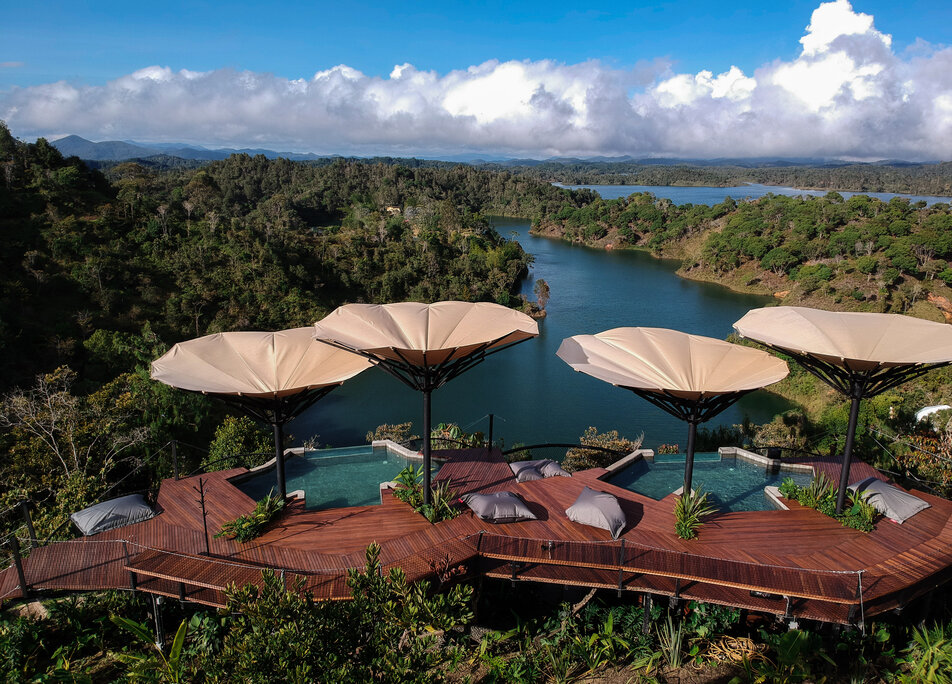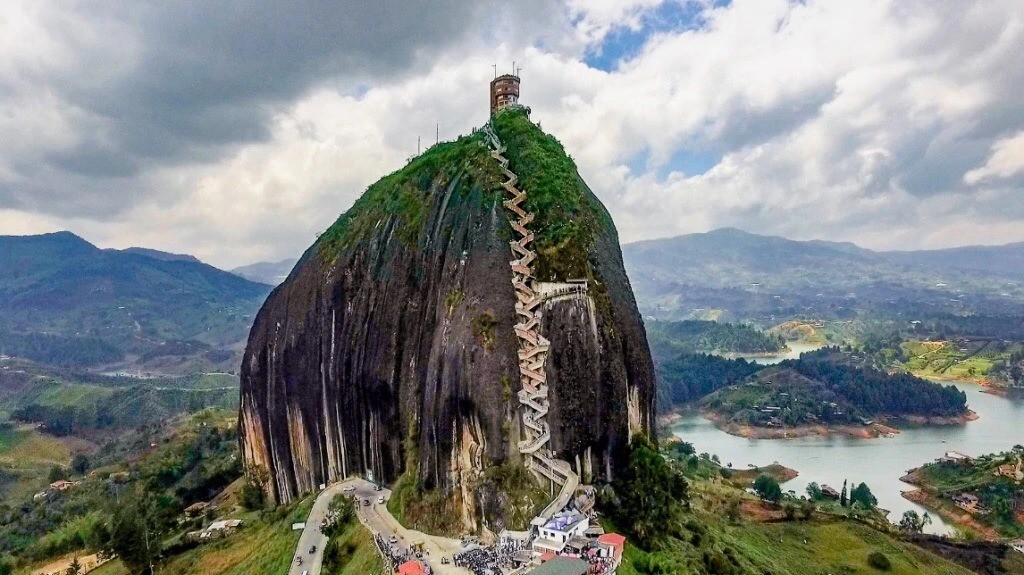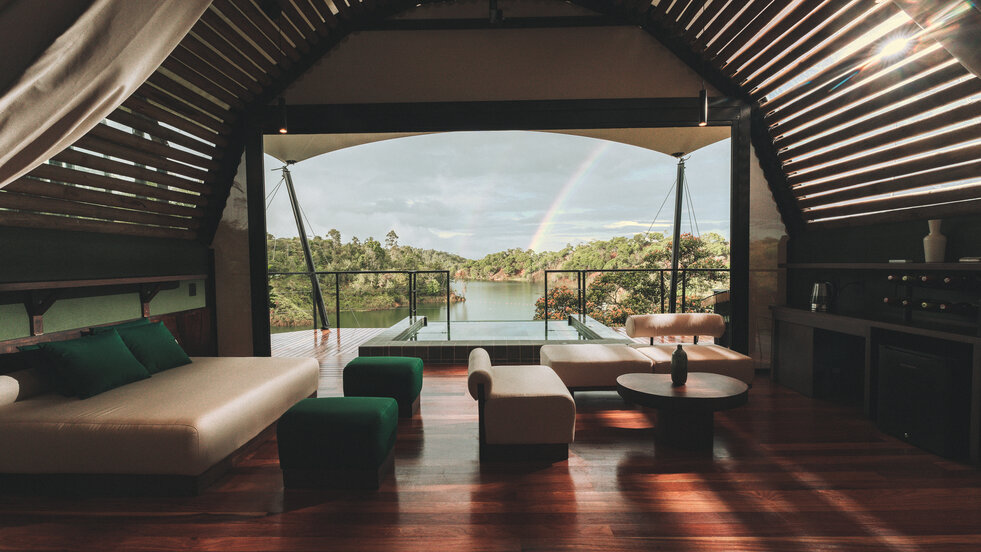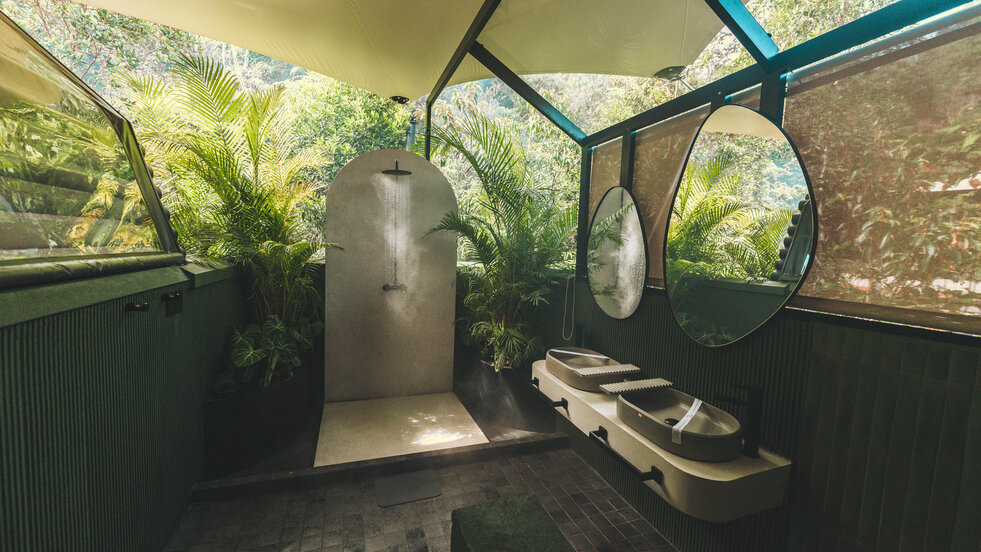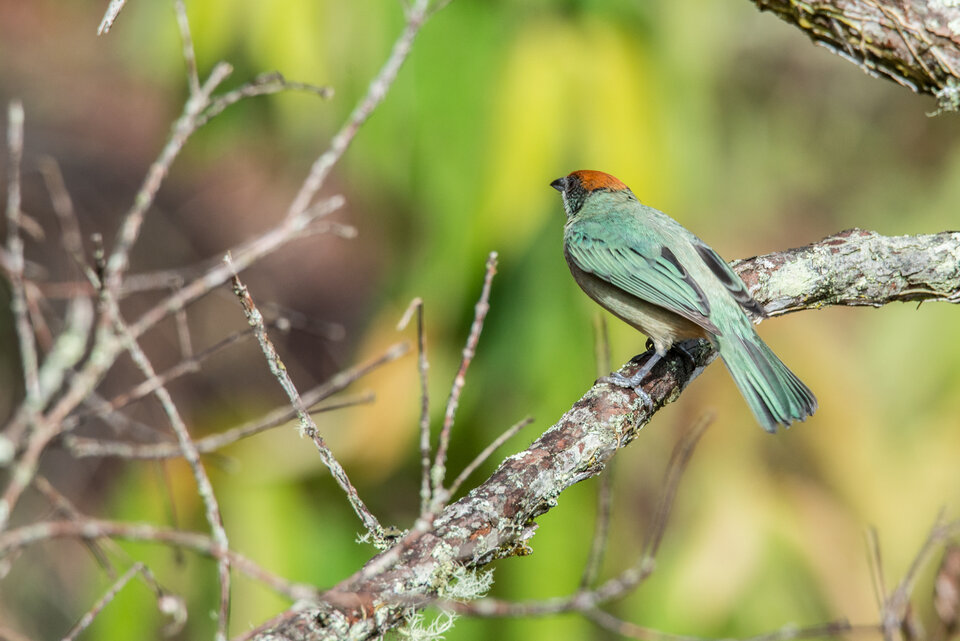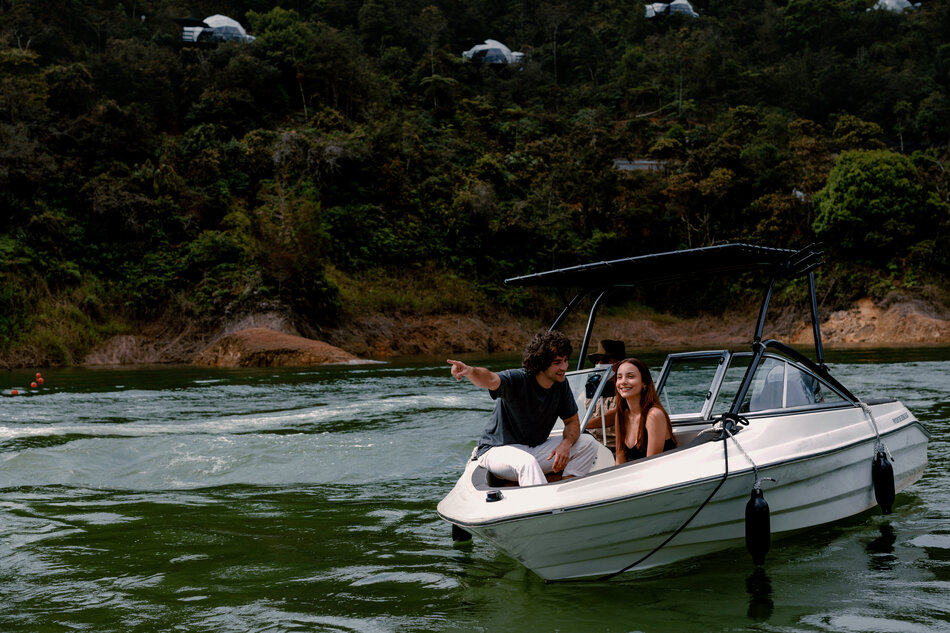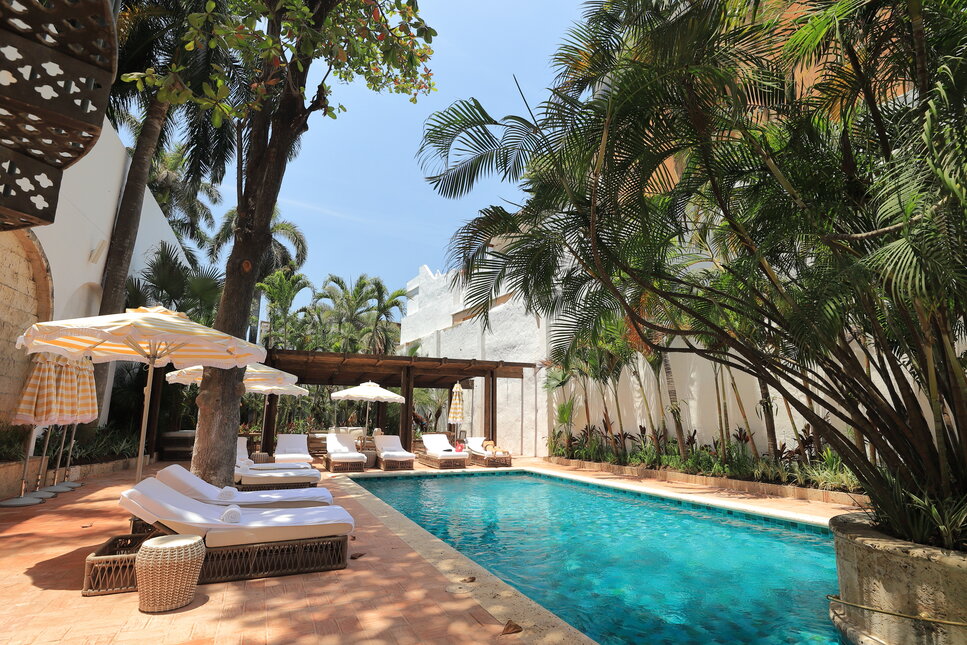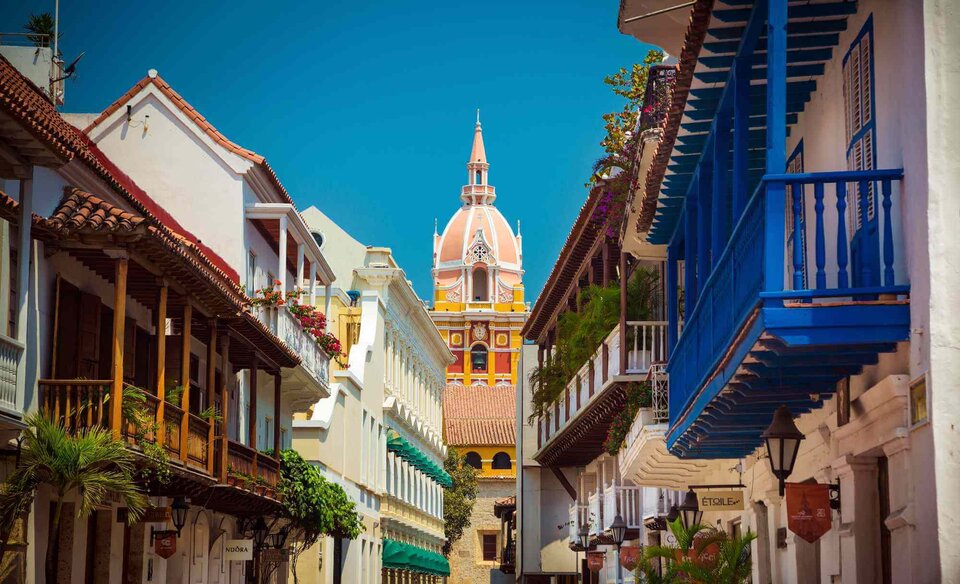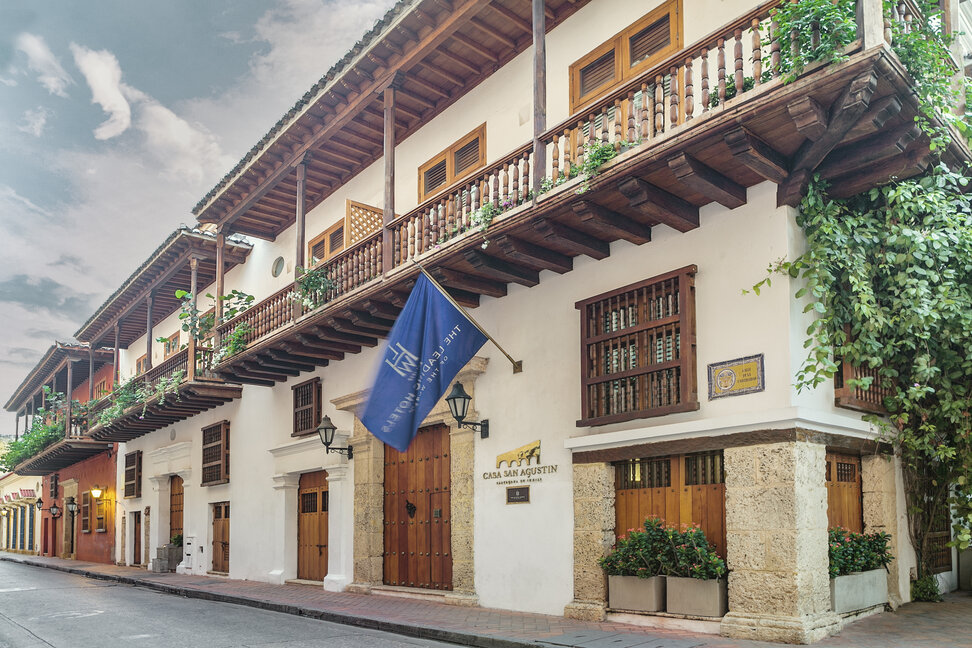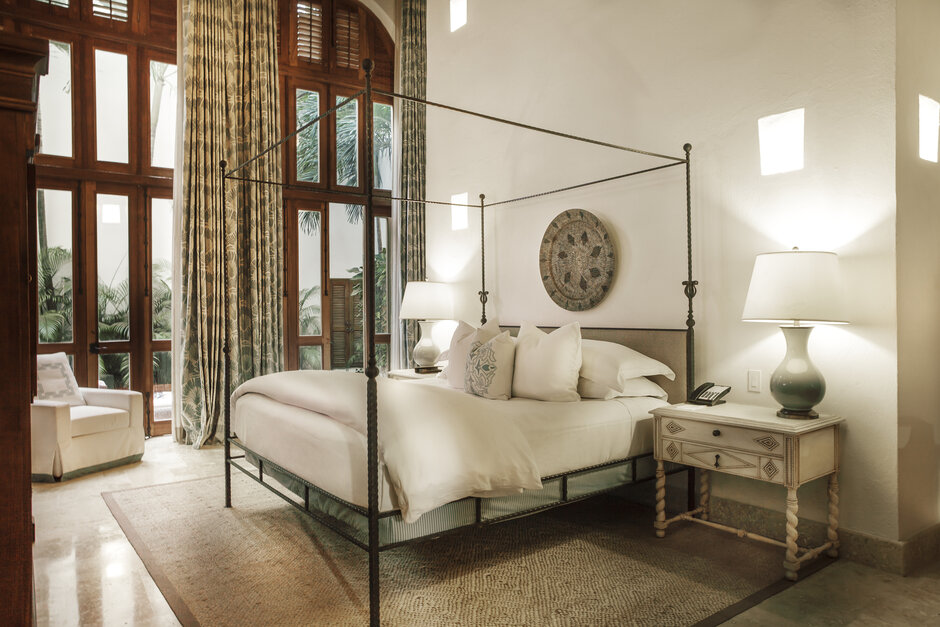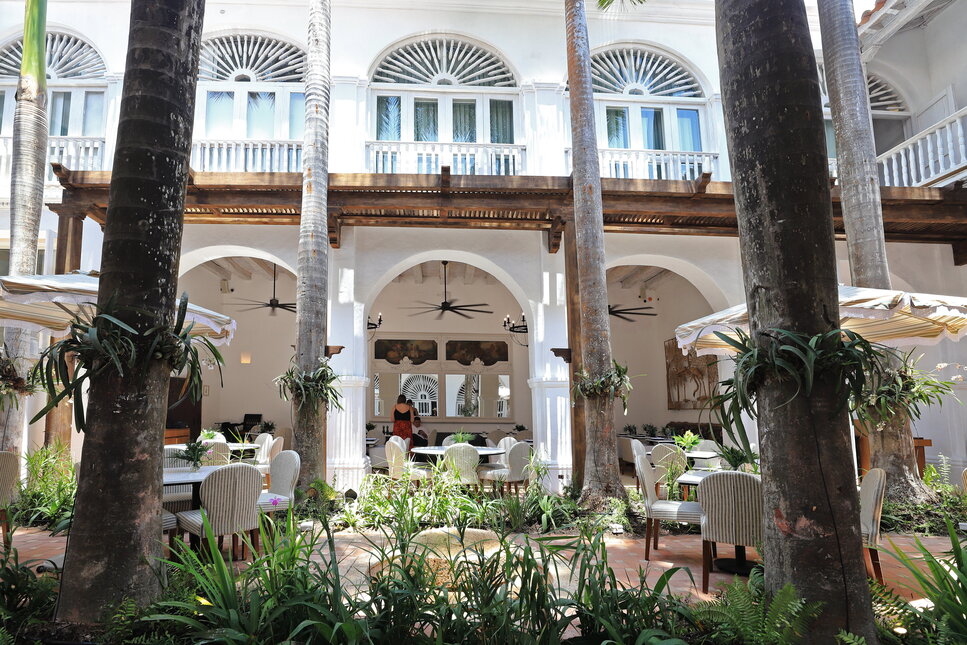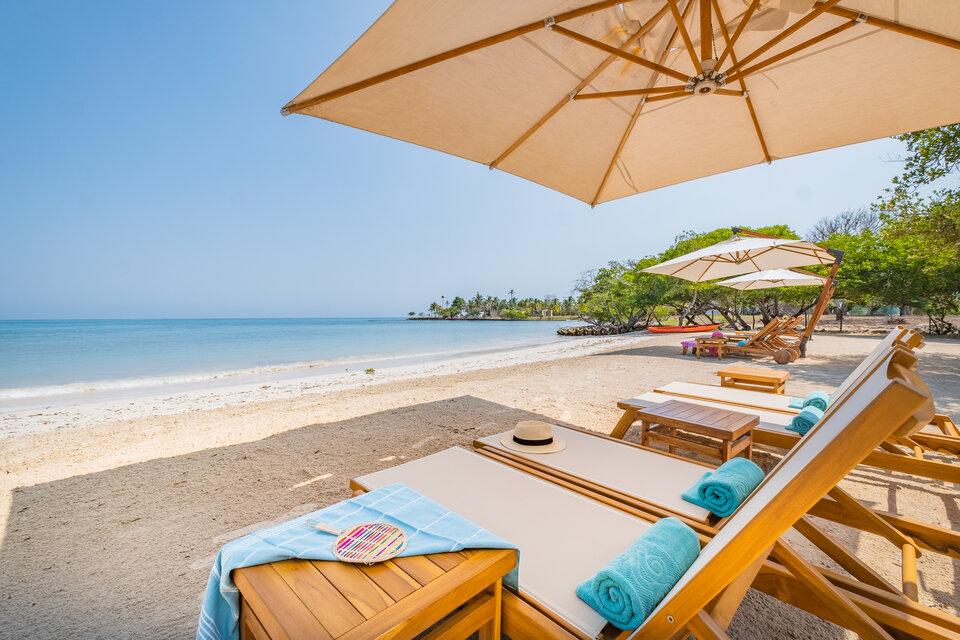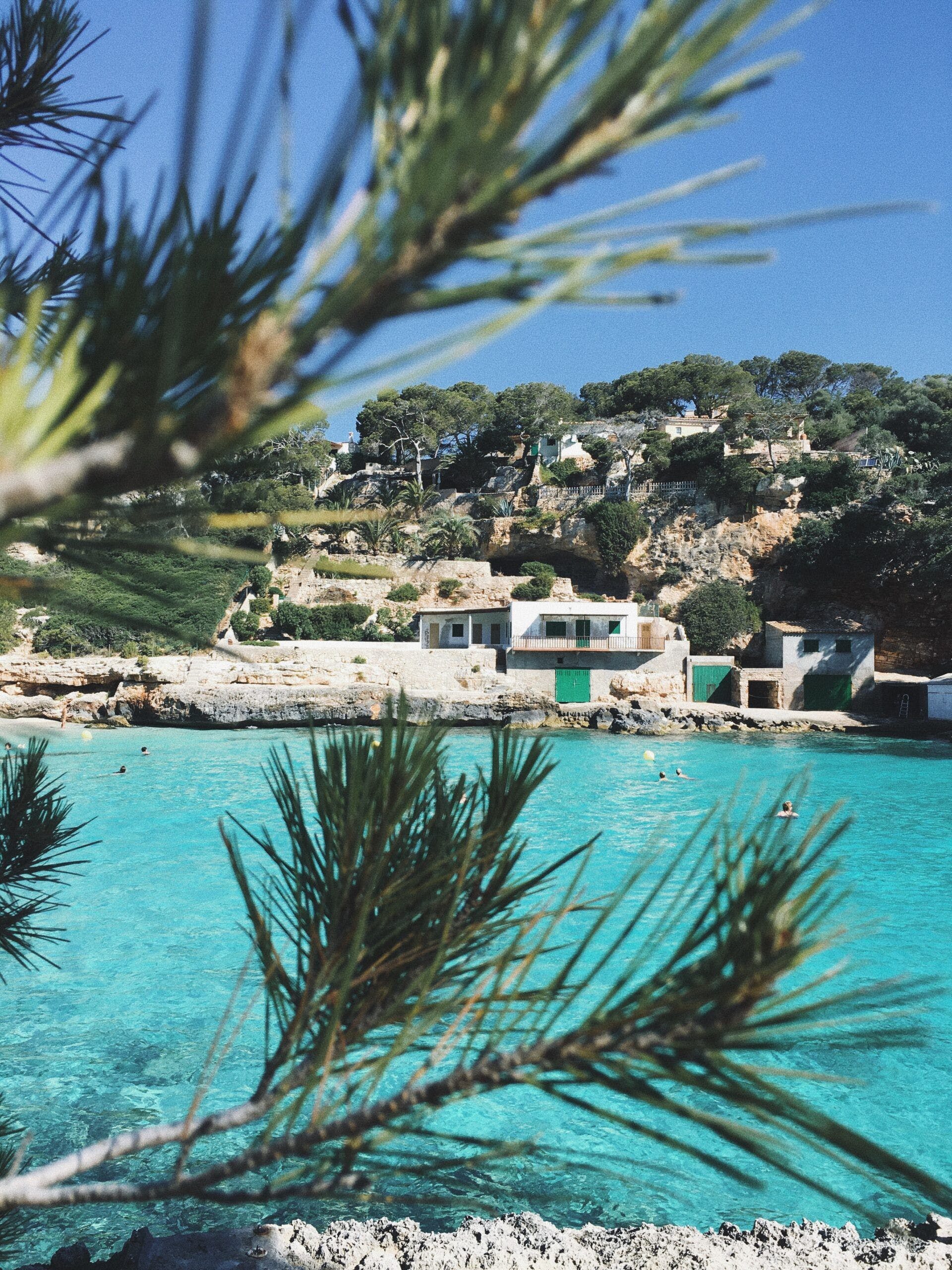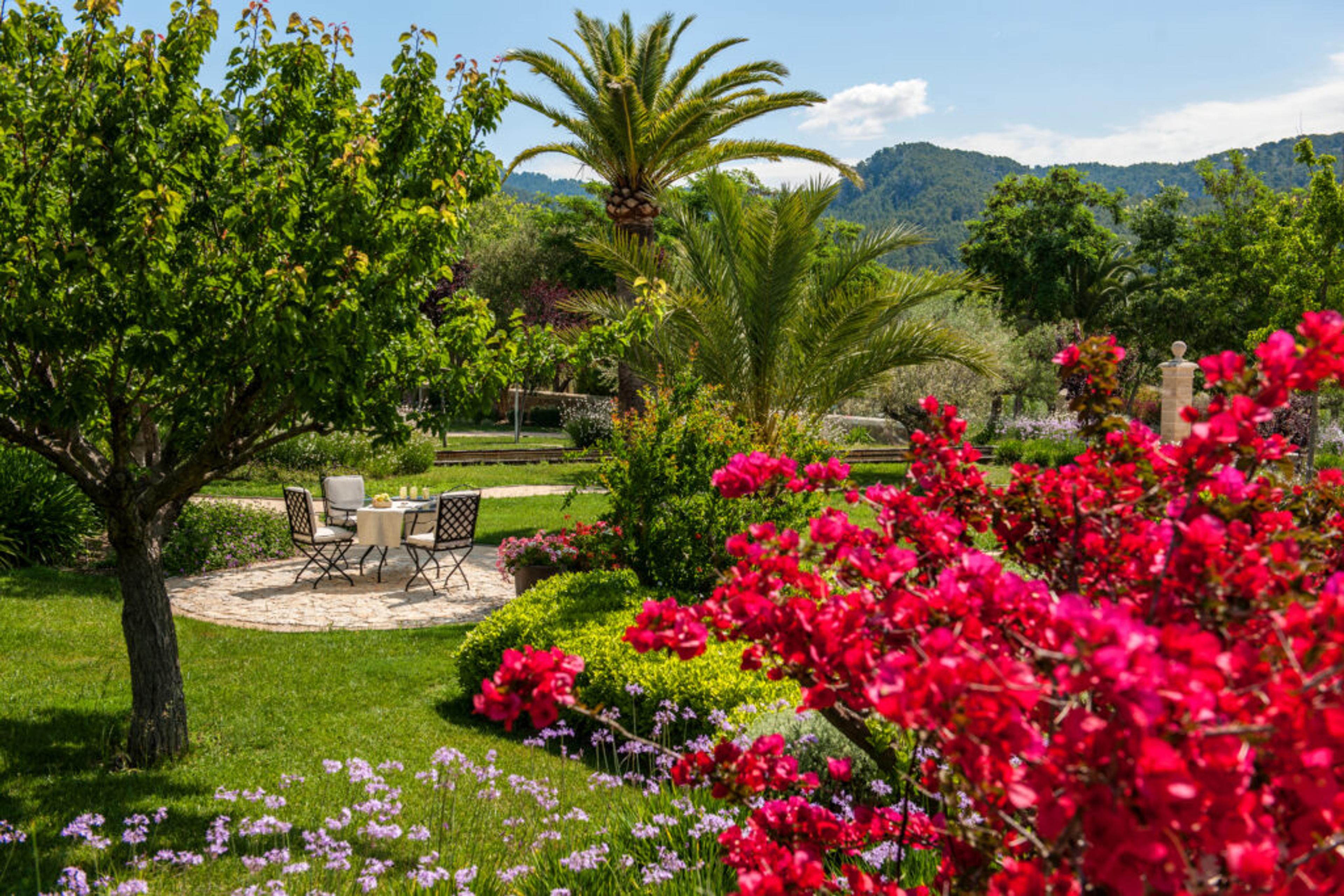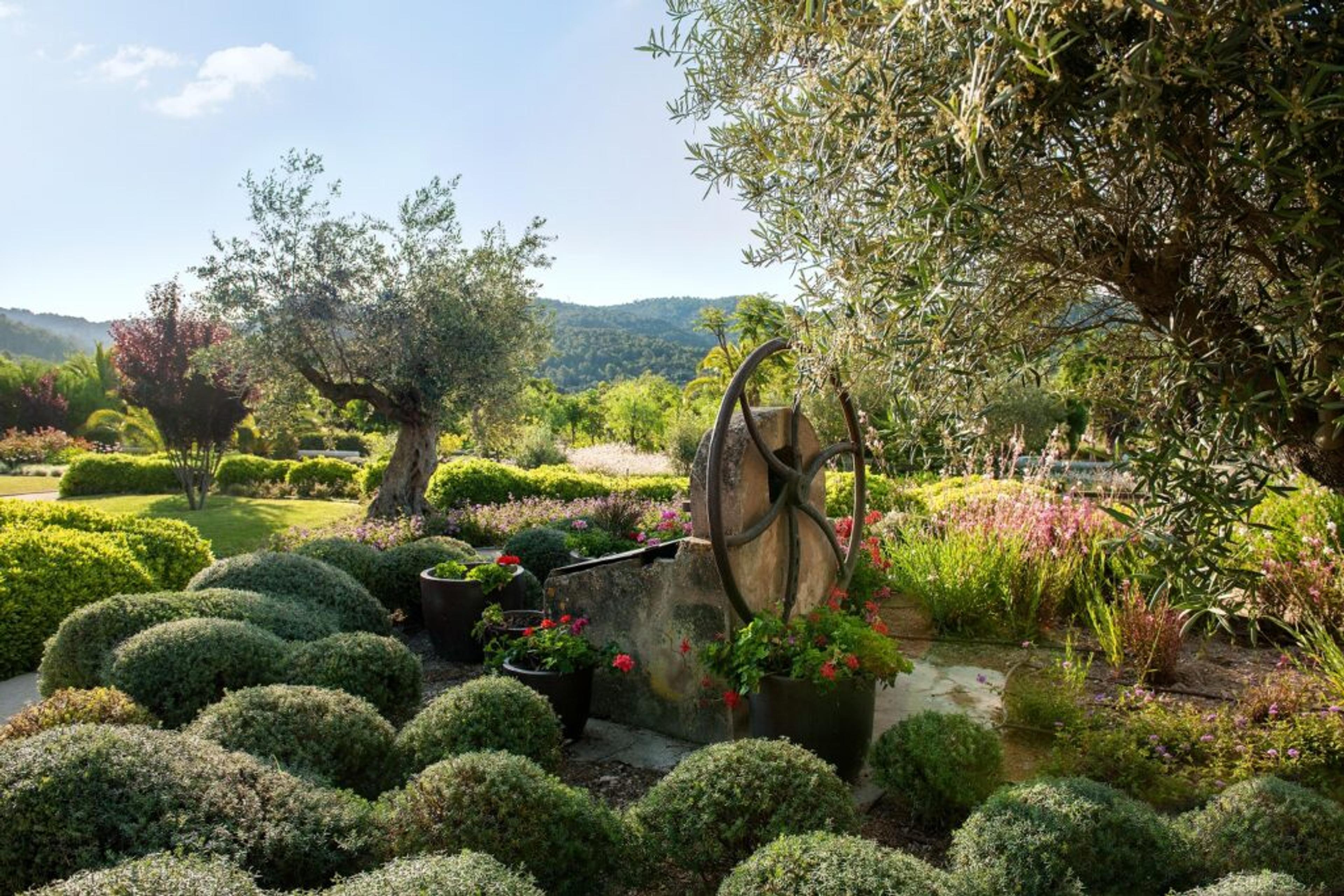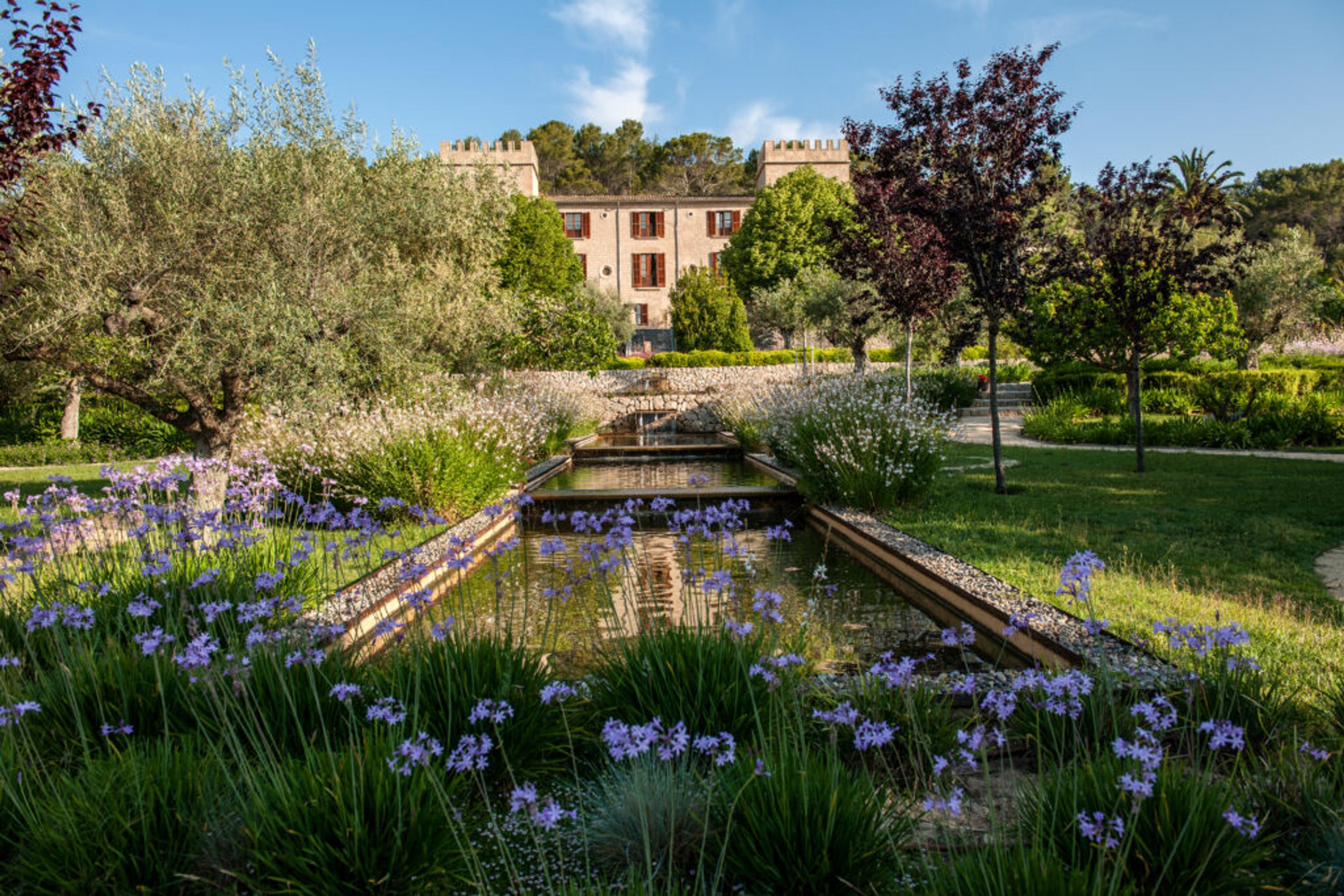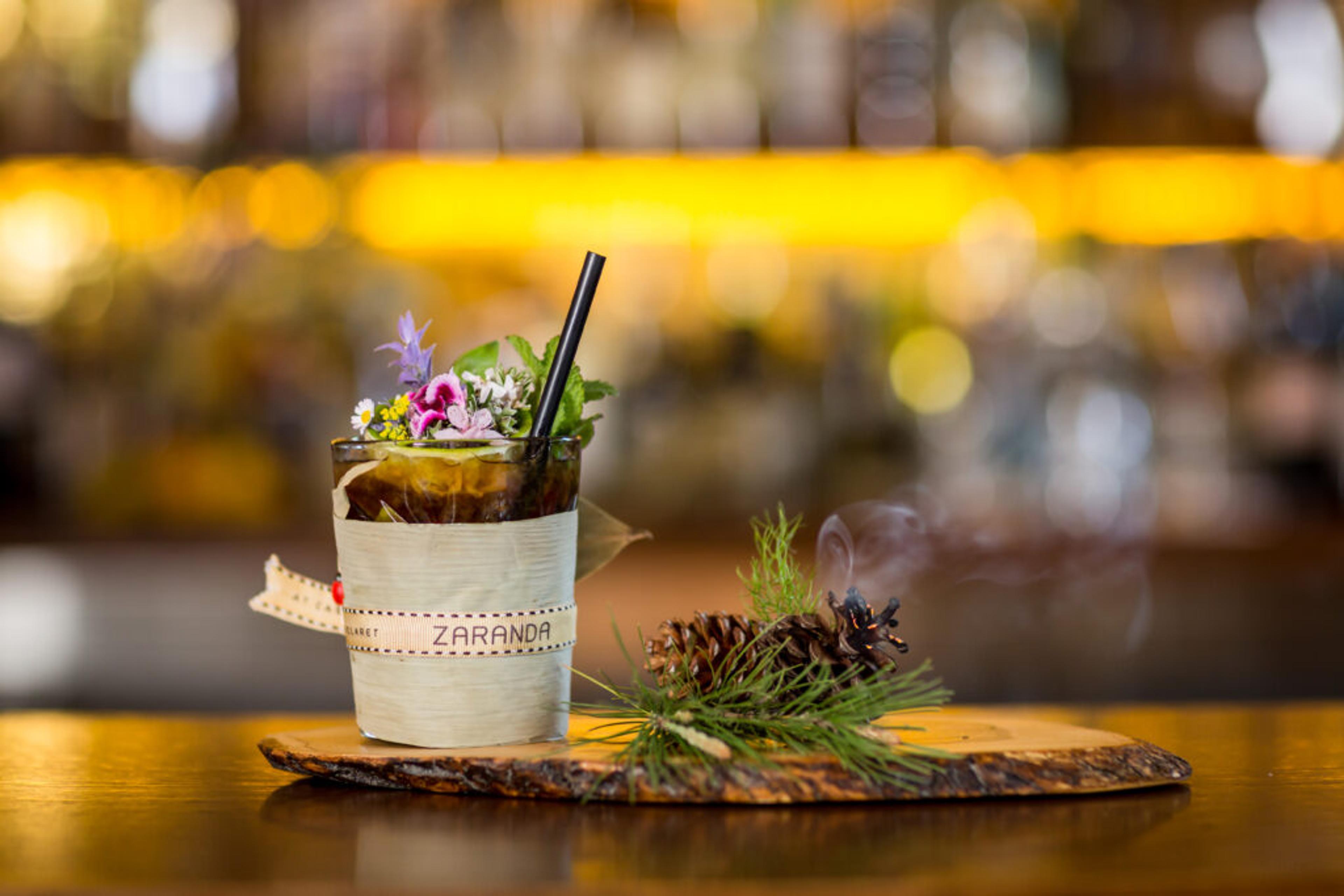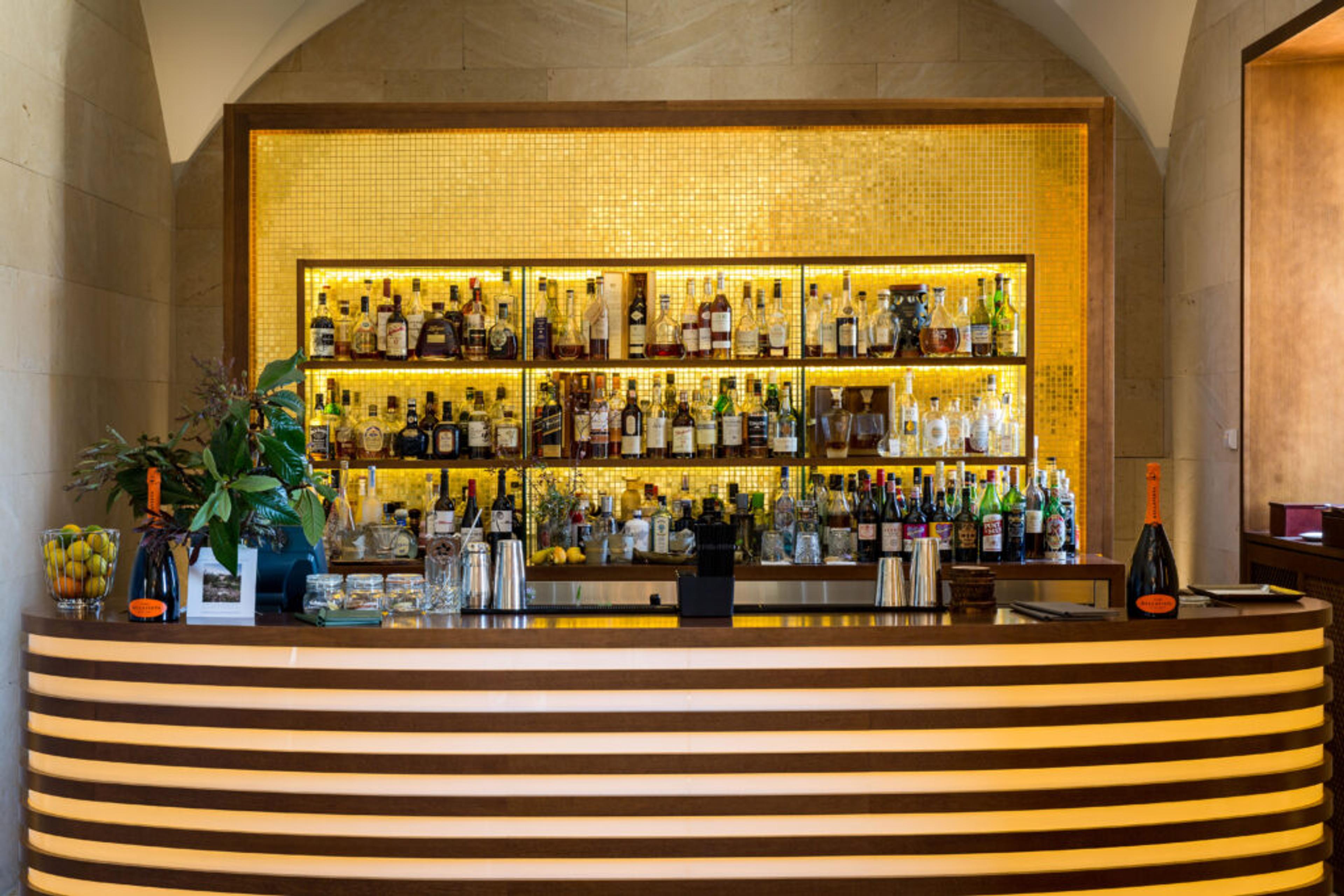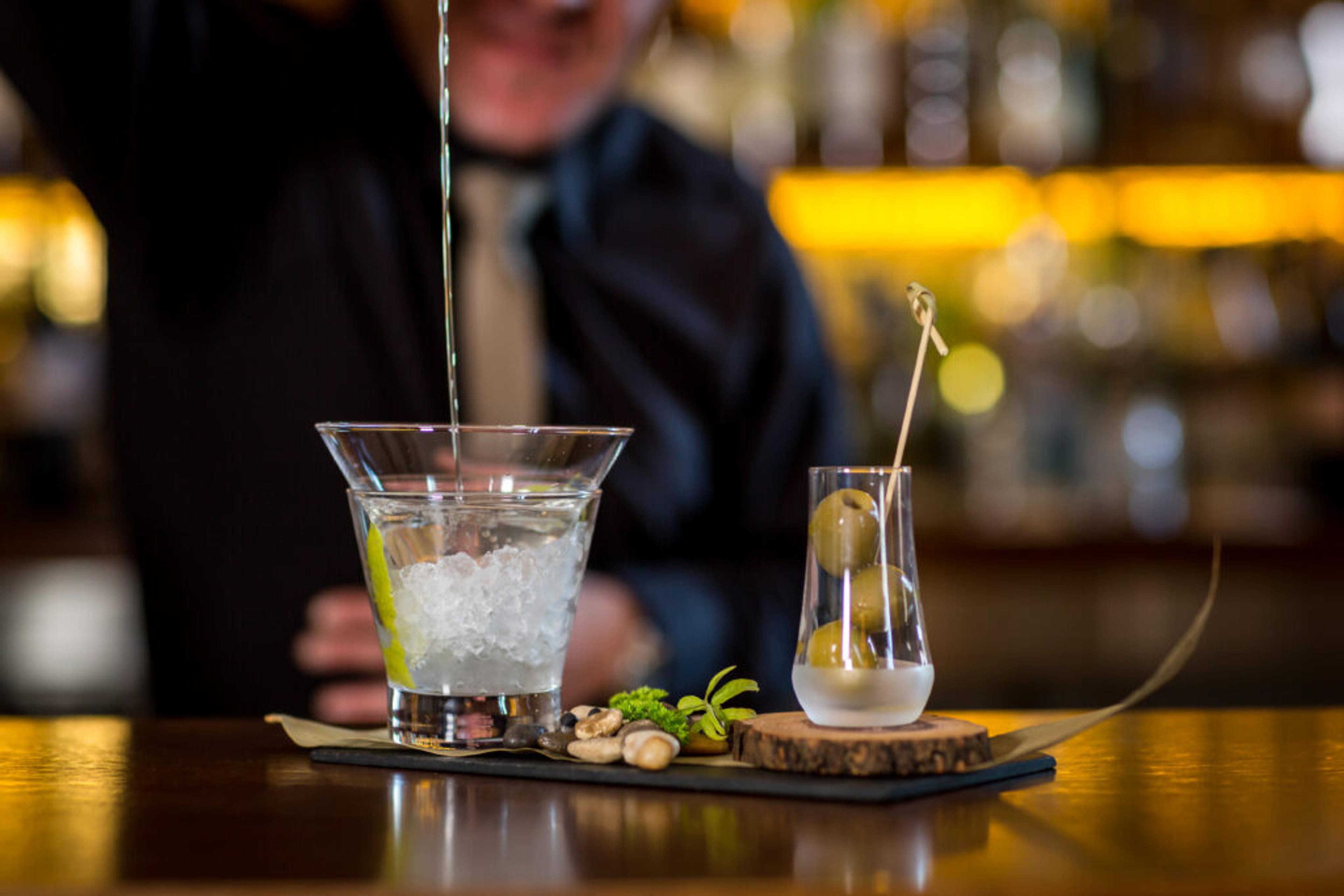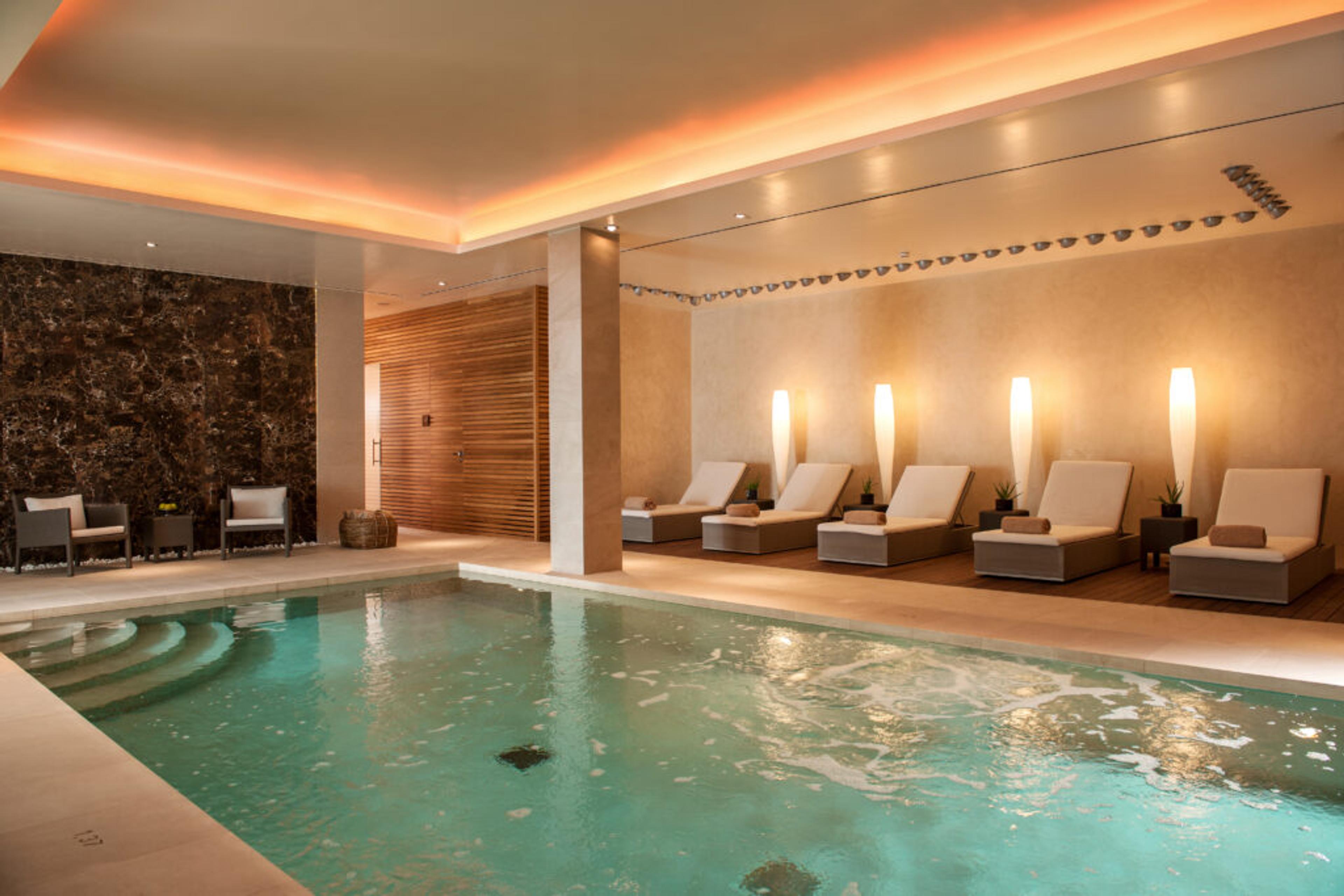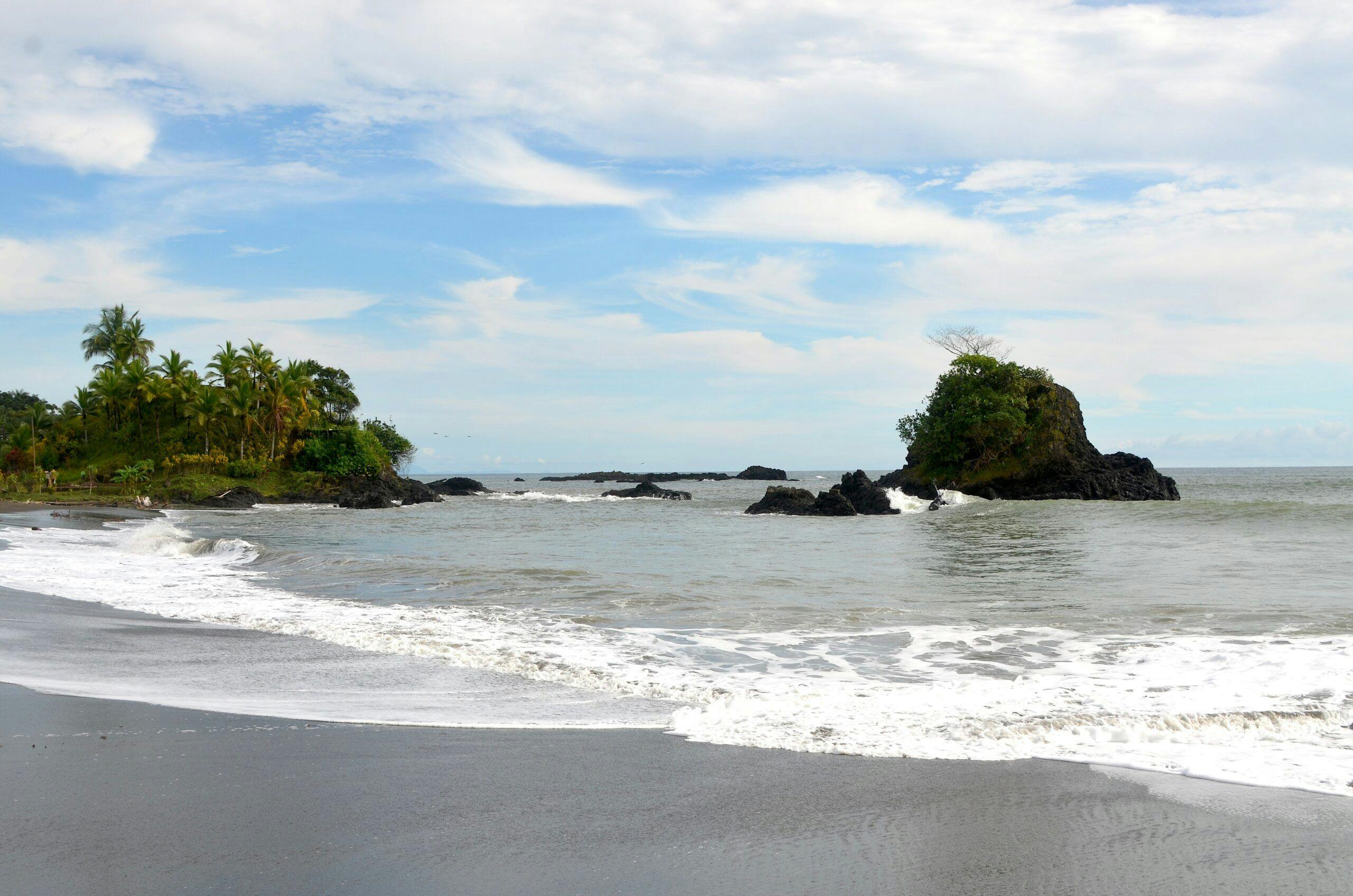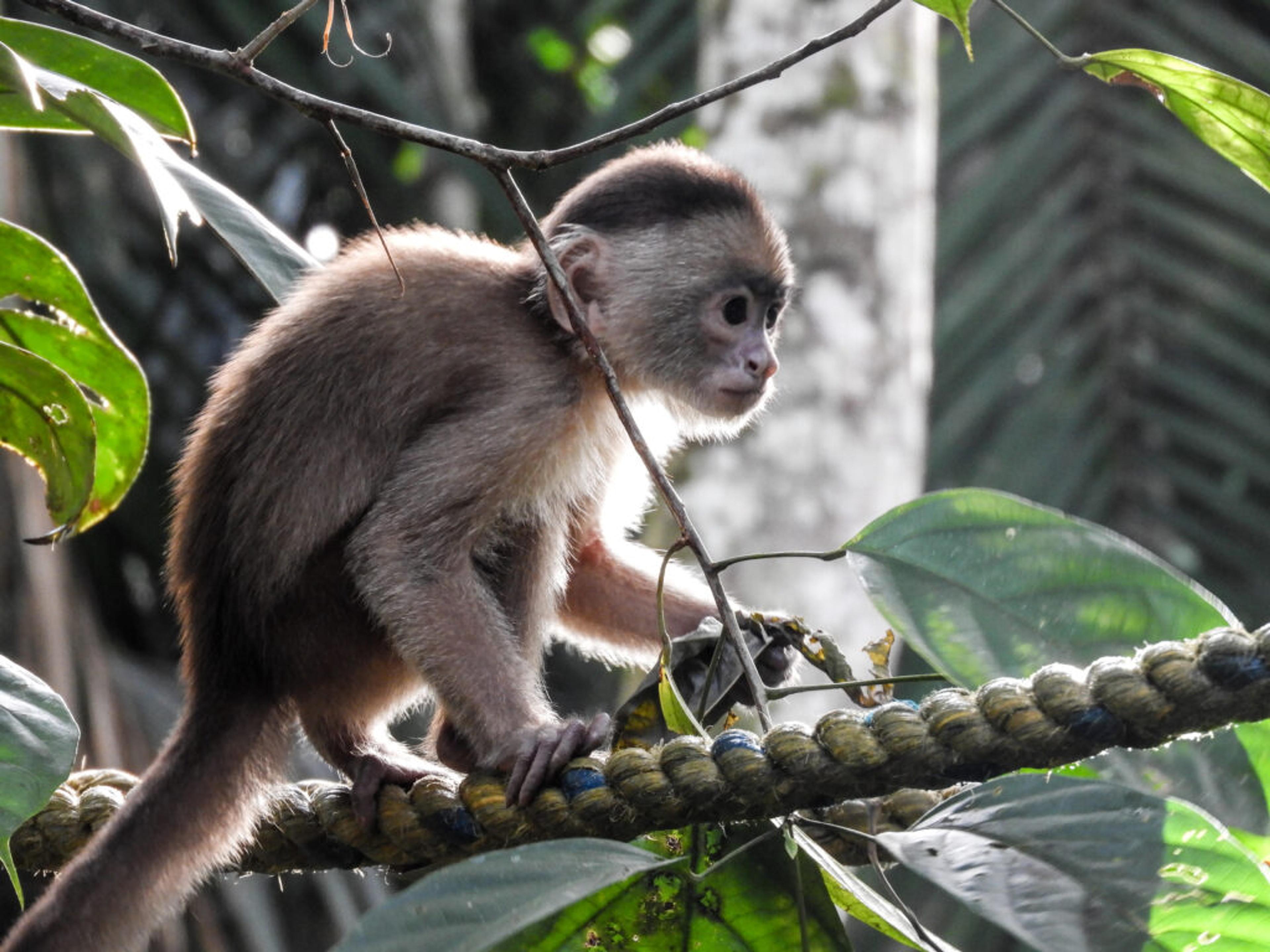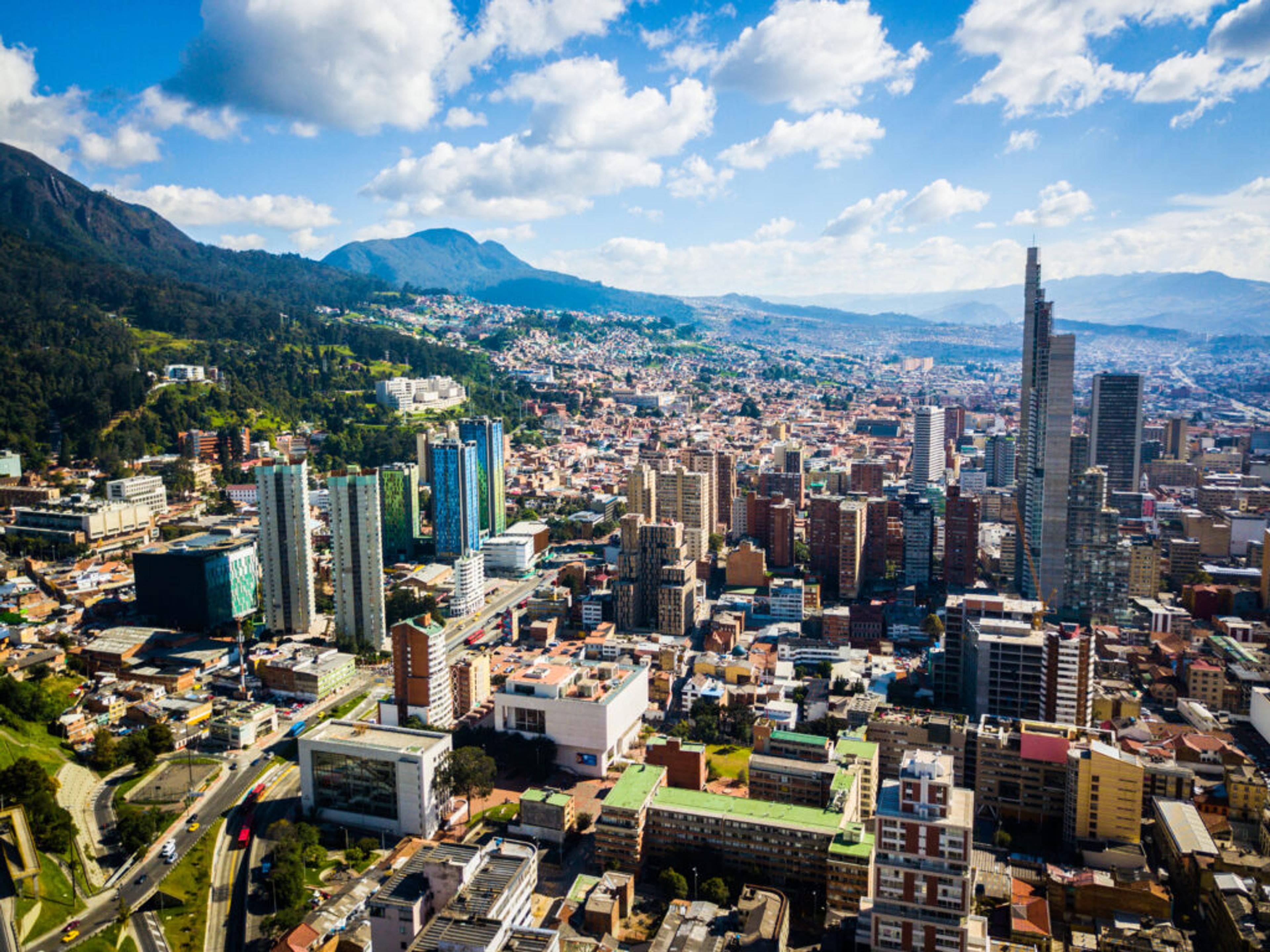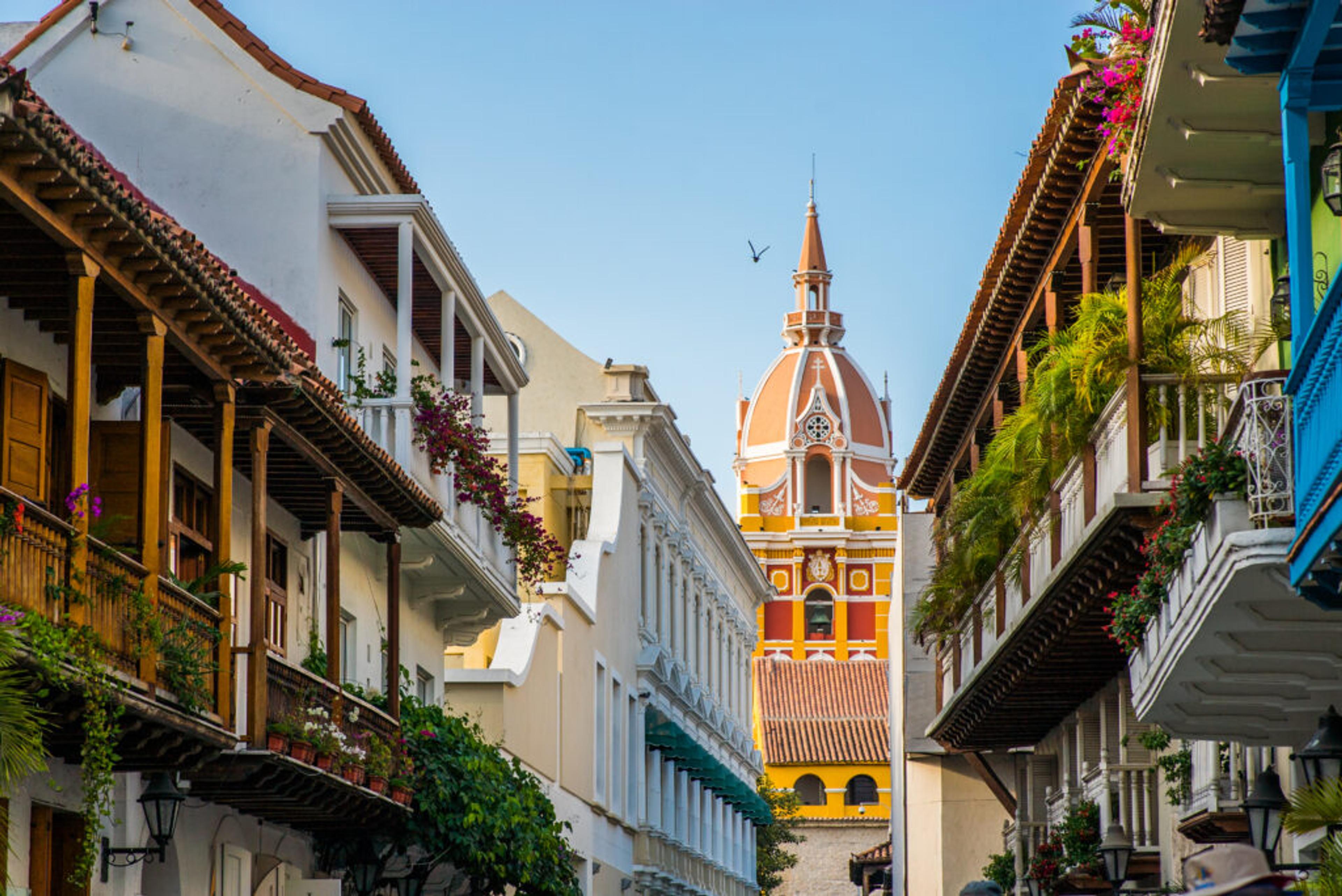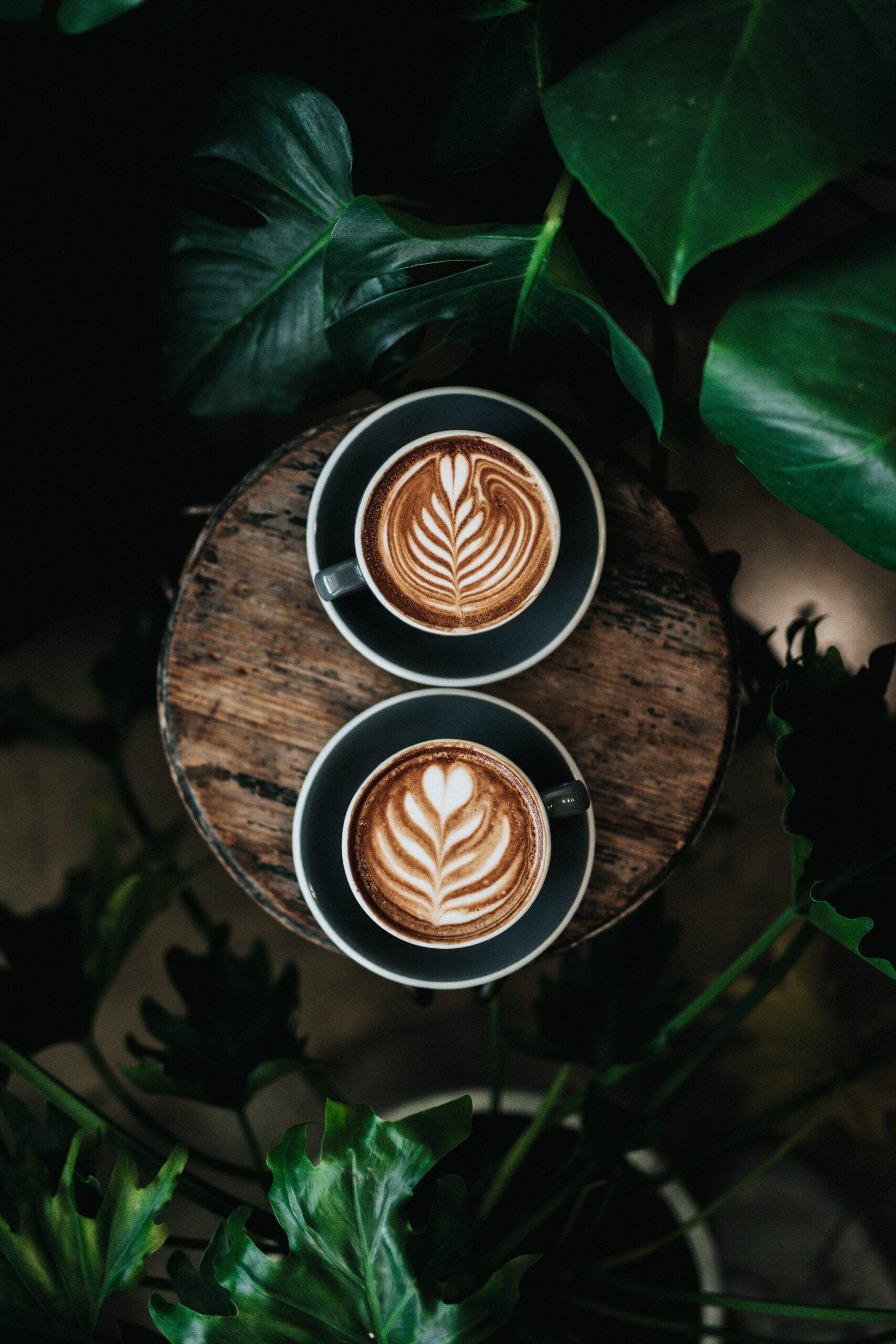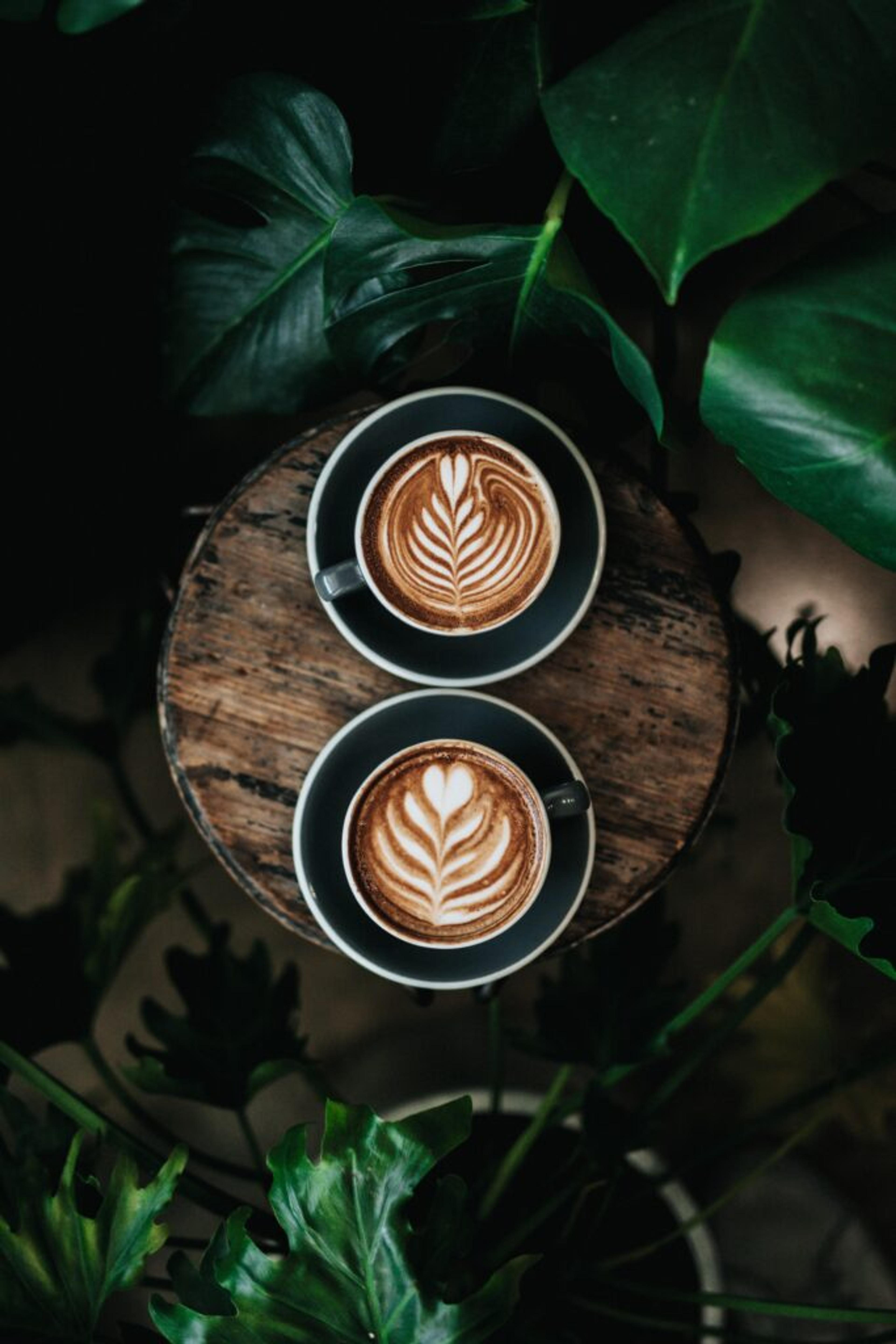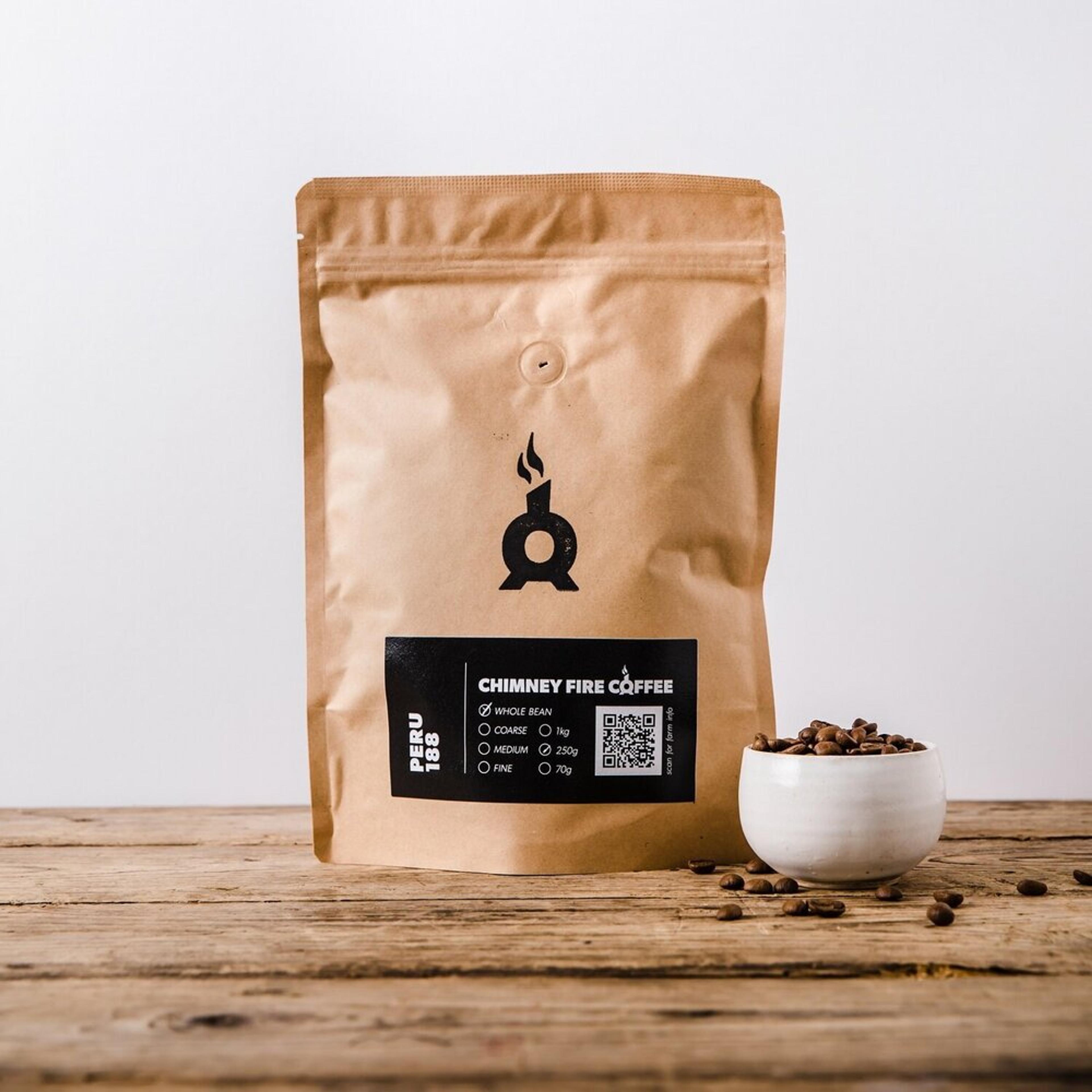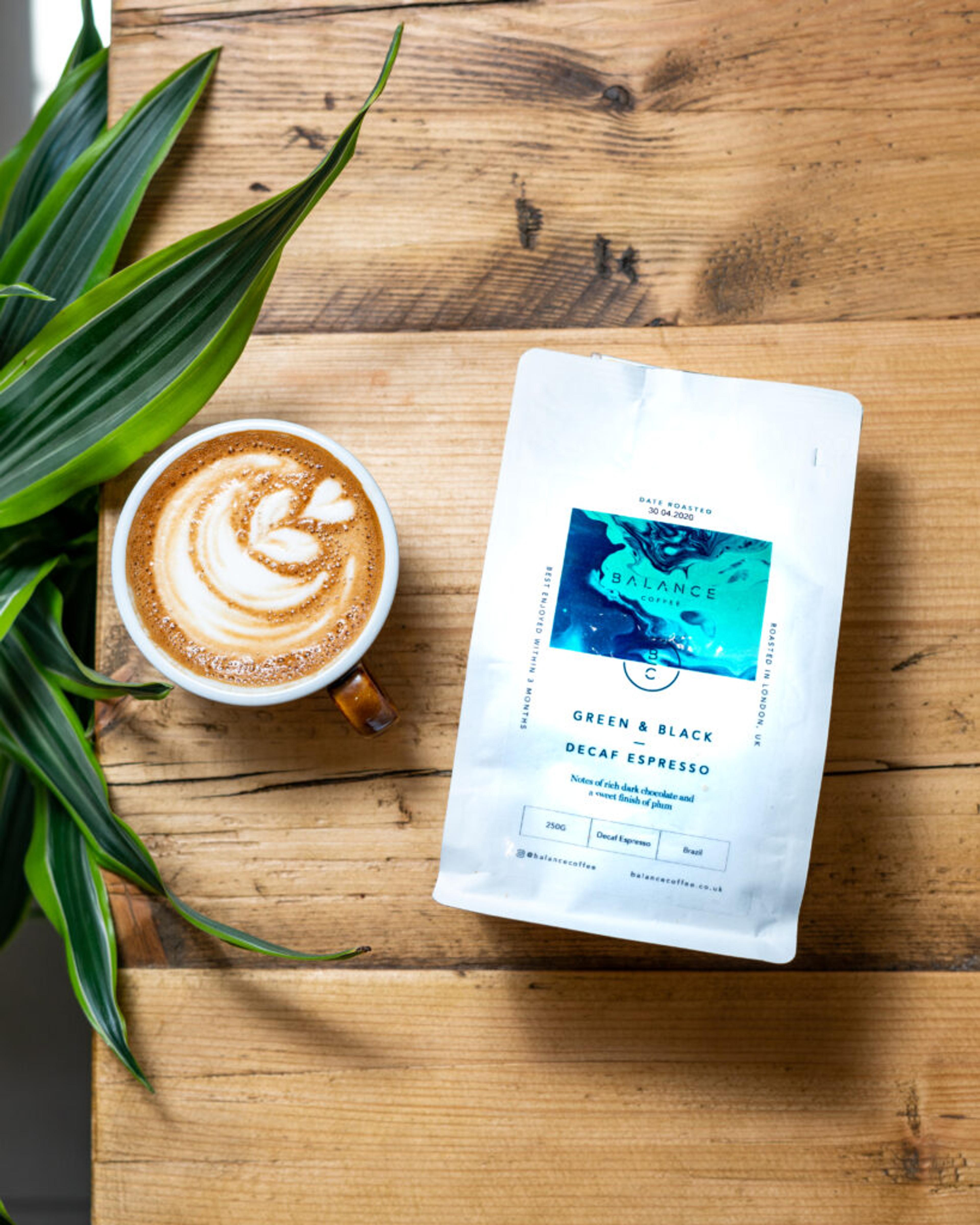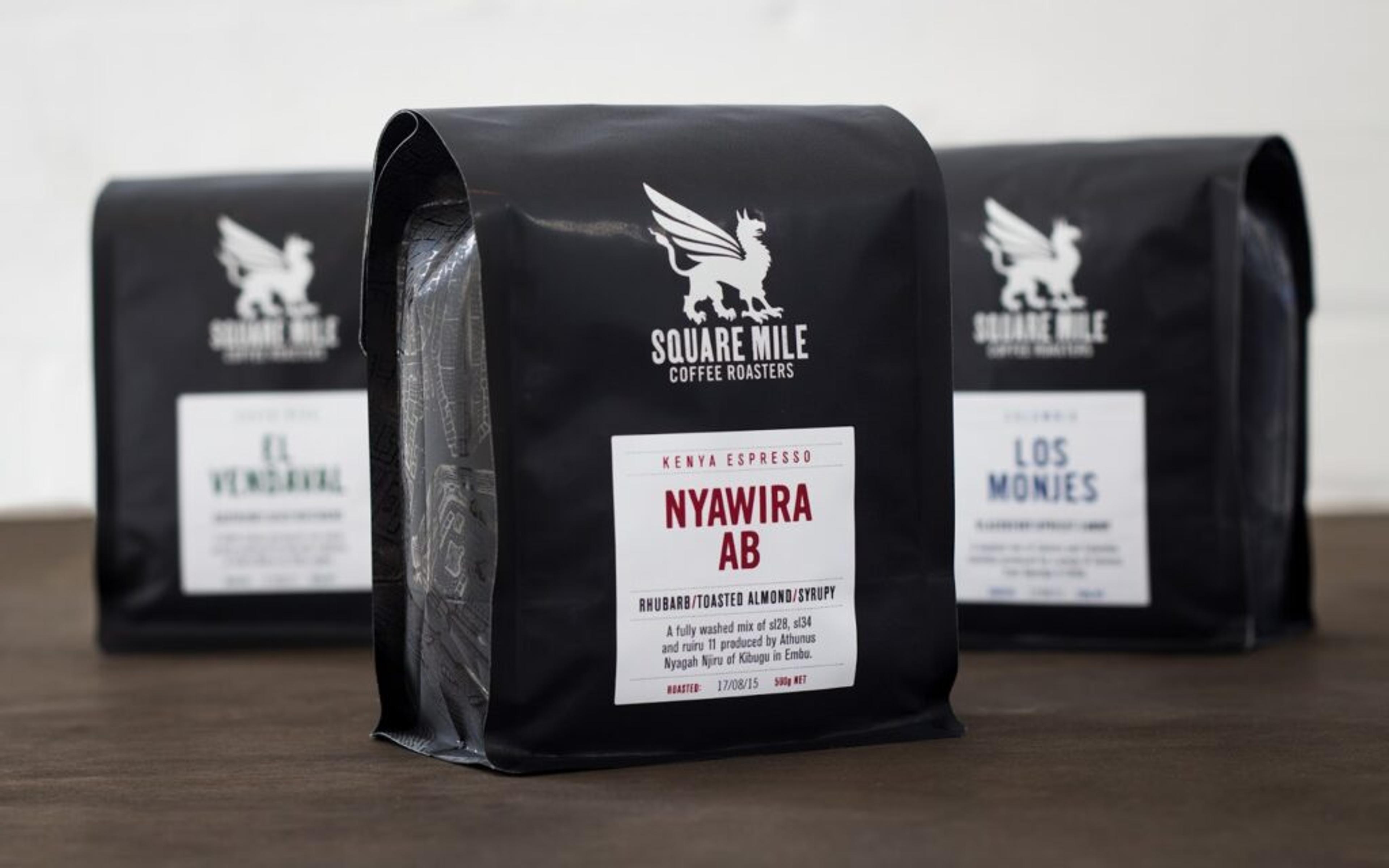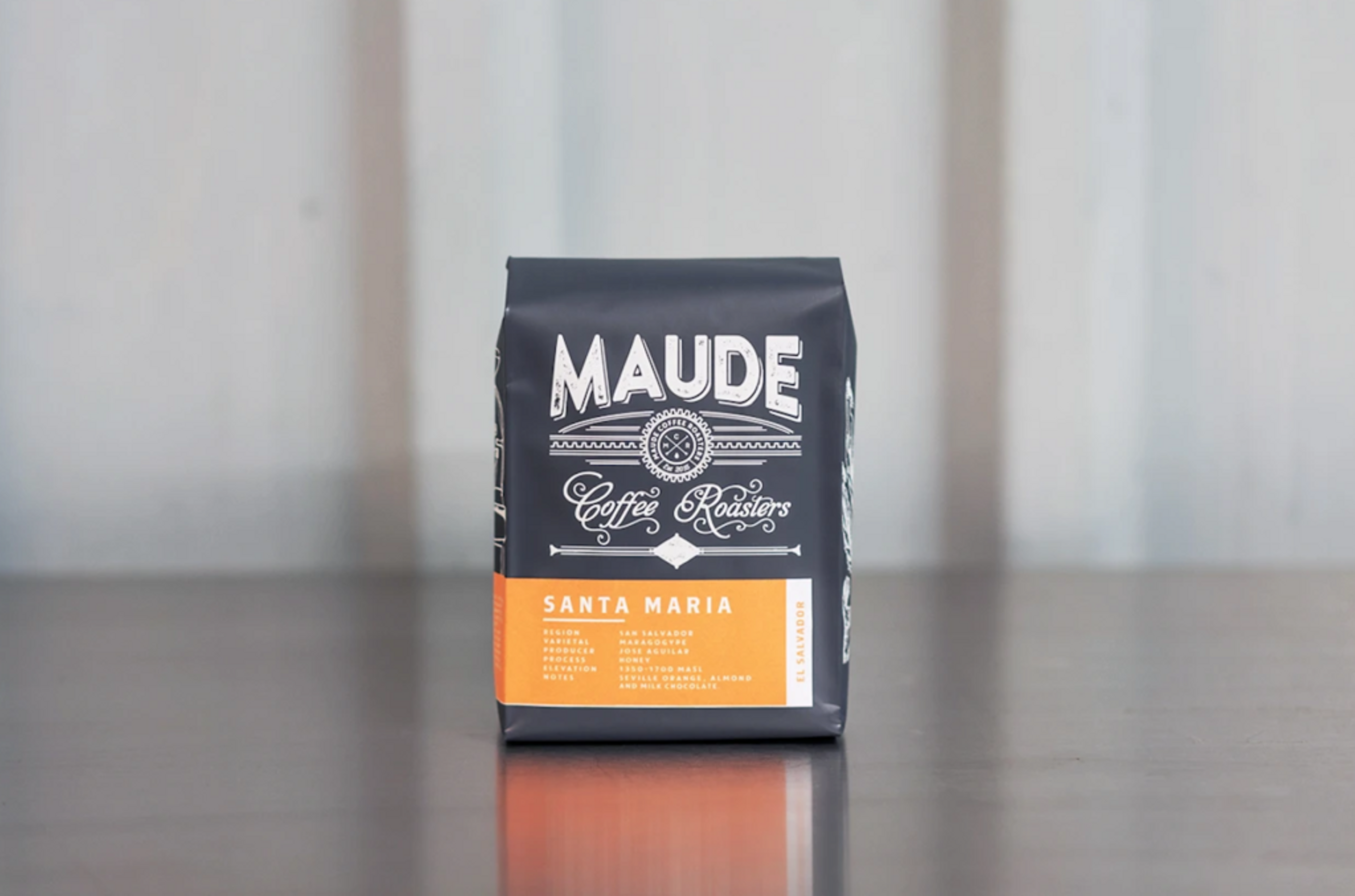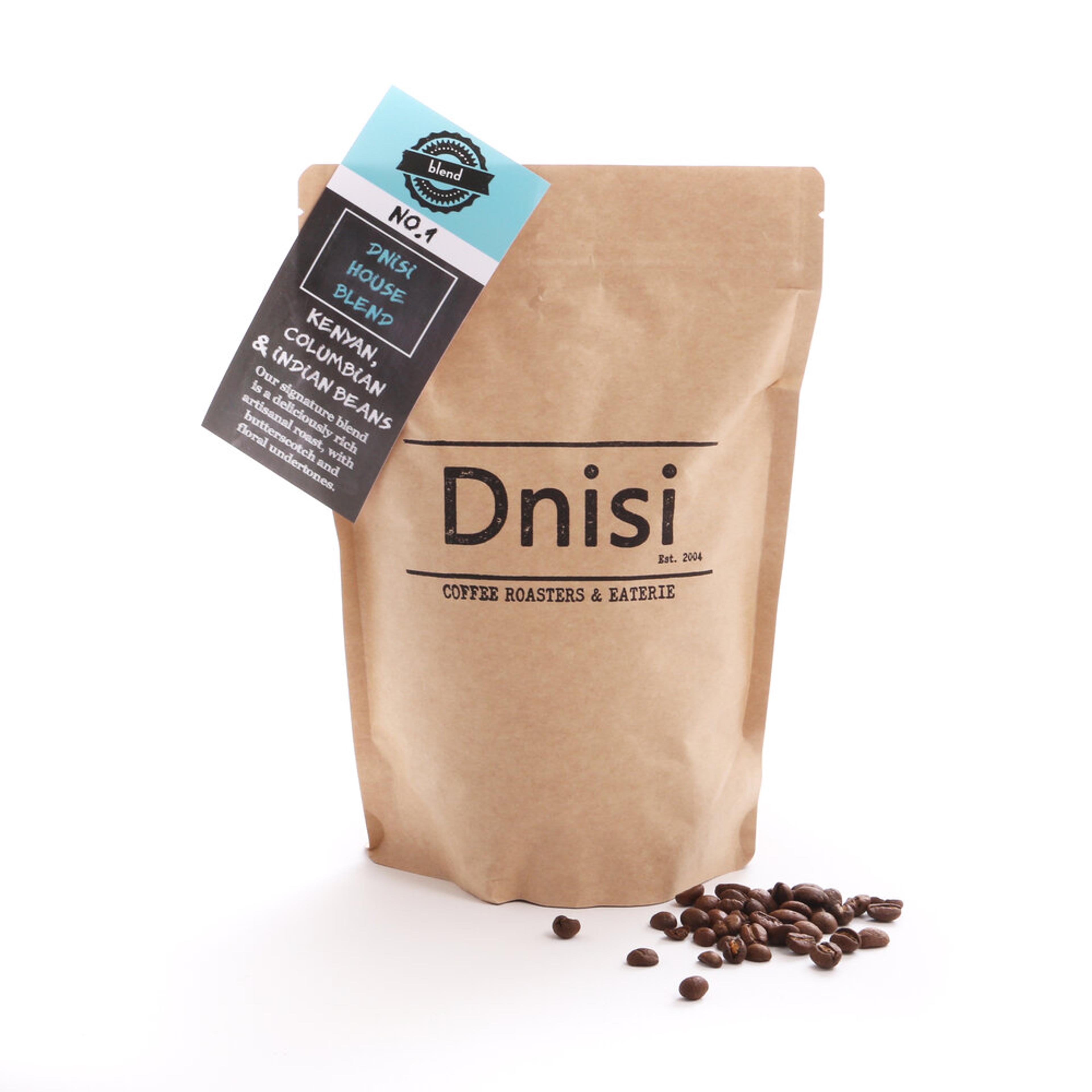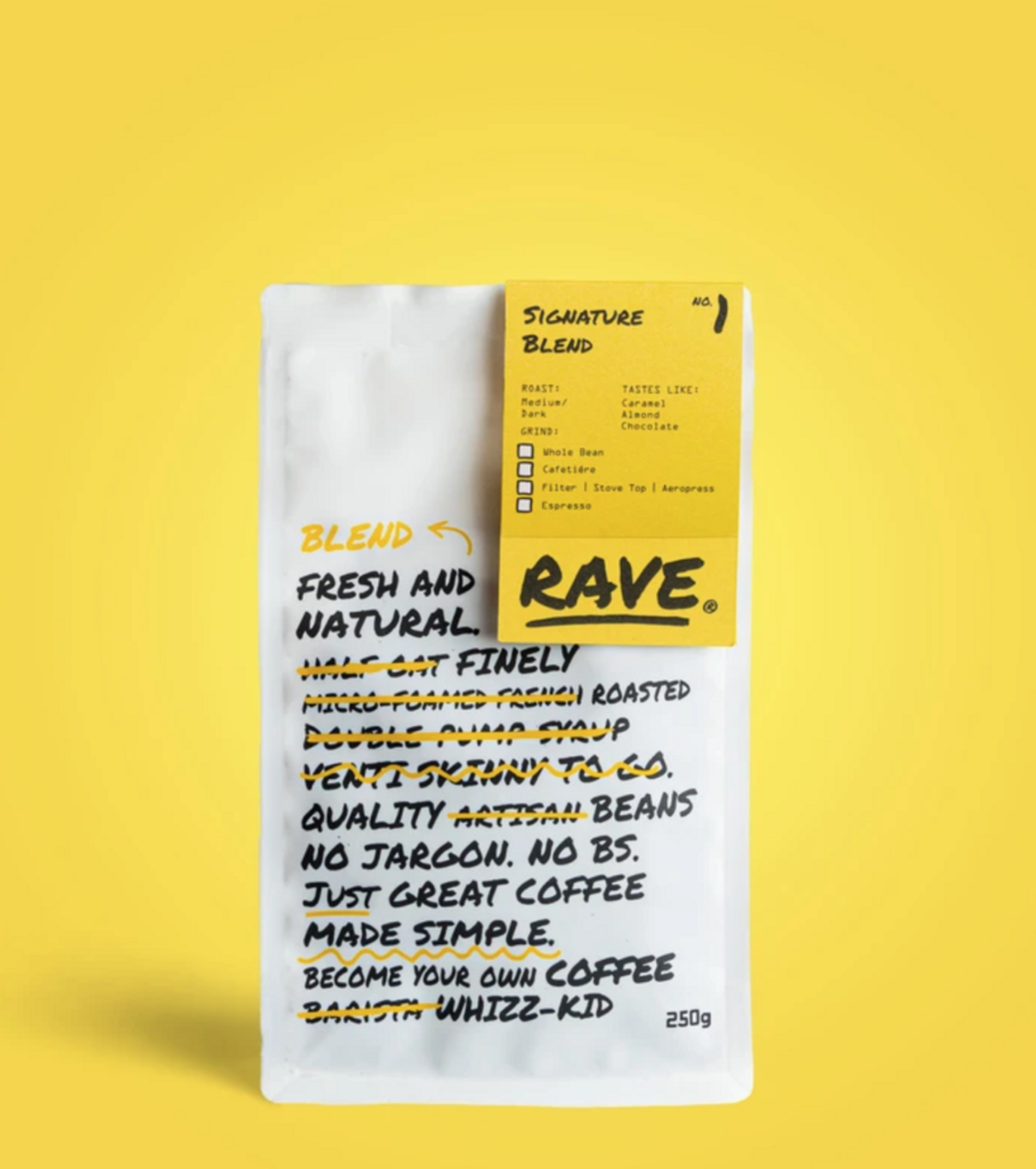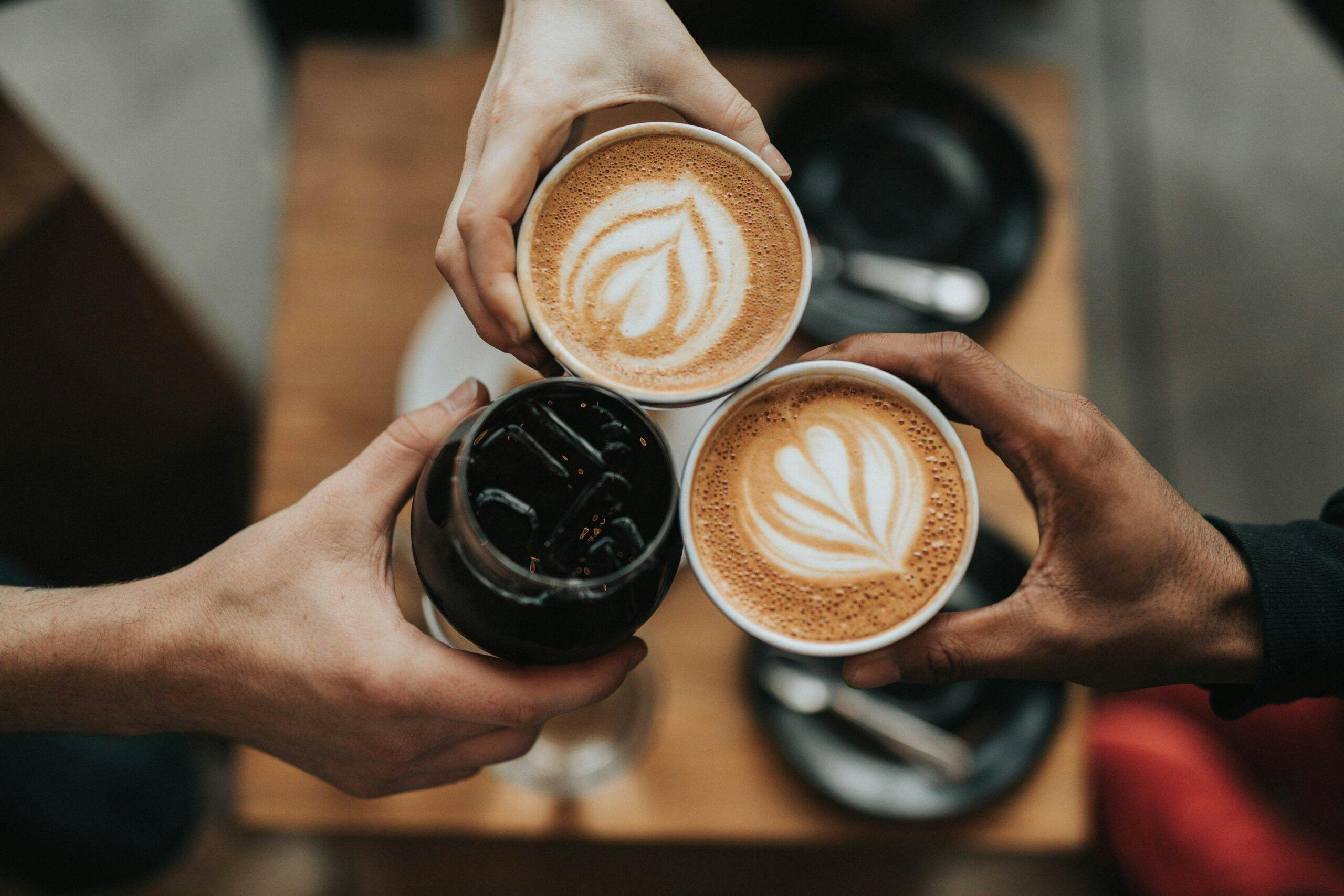If you haven’t heard of renowned Colombian chef, Juan Manuel Barrientos, you will very soon. He is affectionately known as ‘Juanma’ by locals and at the very young age of 40 is already the founder of a hospitality group that includes restaurants and hotel across the Americas. He was named one of the 50 best chefs in Latin America and there is no doubt you will see his empire extending into Europe in the not-too-distant future.
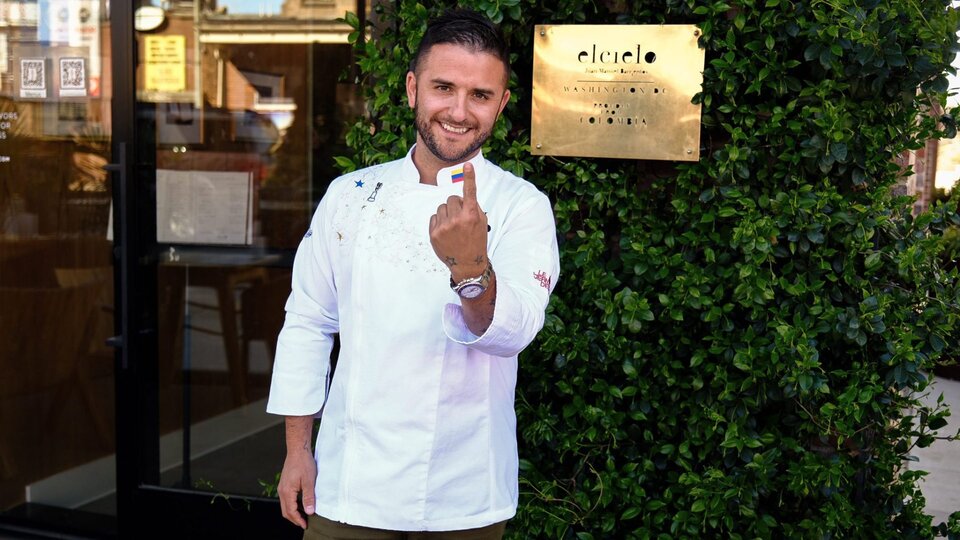
His original restaurant is based in Medellín. It is now situated inside his boutique El Cielo Hotel. You can appreciate his popularity with a visit to his fabulously inventive restaurant there. With an open kitchen, you can see all the staff in action. They are all dressed in white lab coats with hair nets and meticulously beavering away at their workstations. You can be excused for thinking you’ve walked into the world of Willy Wonka and his chocolate factory.
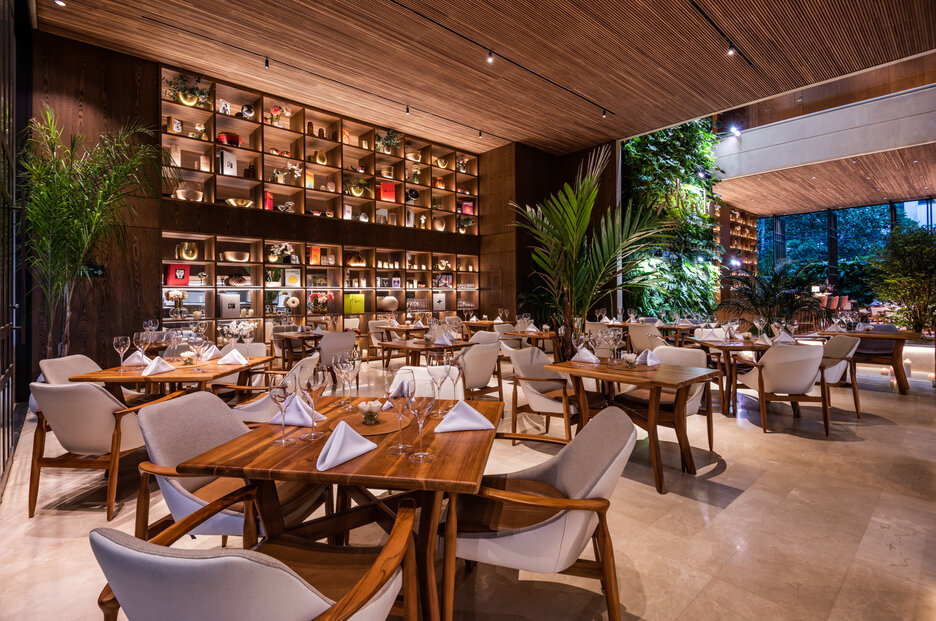
Their tasting menu includes more than 15 courses or ‘moments’ as they like to call them in the restaurant. They like to create a sense of mystery with their menu. If you look online, you’ll find a long list of mostly single words, which don’t describe the ingredients of the dish. They are in fact, different regions of Colombia and your gastronomic journey at El Cielo is a whirlwind tour of the different regions of the country. What is important to note is this tasting menu is only available at the Medellín branch. If you visit their Michelin-starred restaurants in Miami or Washington DC, only some of the highlights might be on their menu.
The moments are designed to stimulate your senses. The restaurant is well-known for its choco-therapy, so for one course, you’ll be crushing a chocolate truffle ball with your hands. Then you will be enjoying the delights without the use of cutlery. It will bring back innocent childhood memories when dining was less rigid and formal.
This is also the case for another course, where diners are offered edible balloons with helium inside. That is the cue for a chorus of Donald Duck voices reverberating around the restaurant. What makes their concept so successful is they take the seriousness out of fine dining and with every course, they bring a heartfelt smile to everyone’s faces.
Although not advertised on their website, they do cater for dietary requirements. They can readily prep for a vegetarian version of the tasting menu. For example, when they present locally cured charcuterie, they can offer smoked peppers instead.
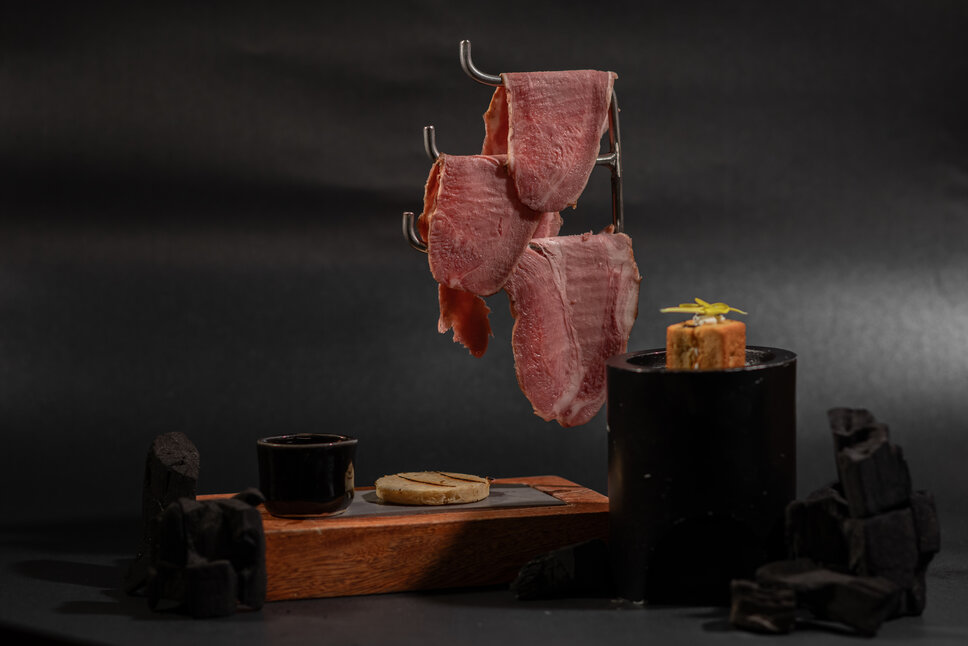
Dishes are nevertheless always exquisitely presented. The “tree of life” is a case in point, it’s a crunchy canopy of yucca bread presented in a tree trunk structure that made it resemble a bonsai tree.

You might have thought the “tree of life” would represent the Amazonas course. Instead, it is the fish course that contained arapaima. It is the largest freshwater fish in the world and is found in the Amazon River. The dish is presented with burning charcoal and you do wonder whether it is intentional to represent the long-suffering rainforest. The Arapaima has a rather firm texture reminiscent of cod. Another seafood course is the Cartagena-inspired sausage course that is made with crab meat and white fish.
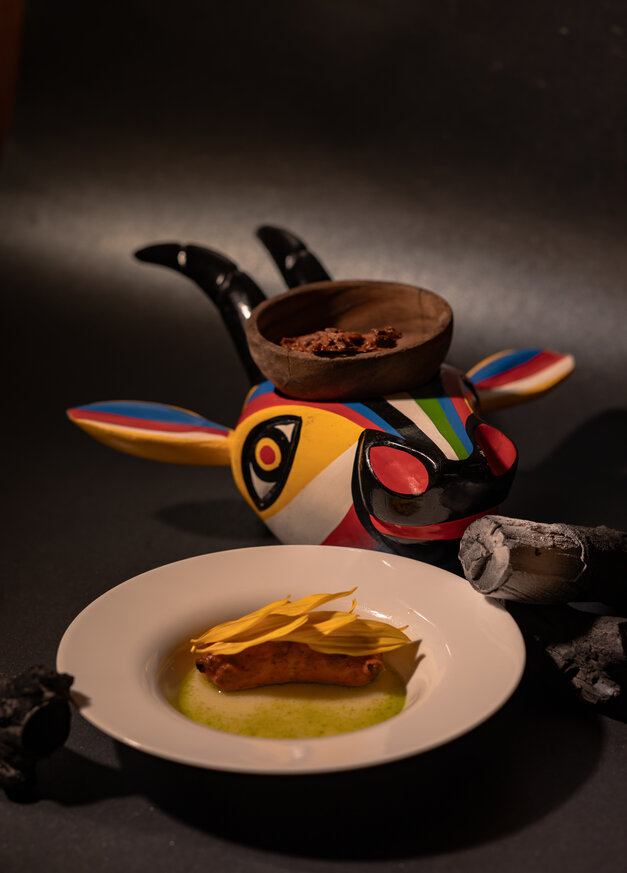
If you are a meat lover, your main course will be paradise. It’s a confit duck served with a peach sauce along with a duck reduction sauce. It’s a surprise you see a lot of menus offering duck and orange but rarely see duck and peach paired together.
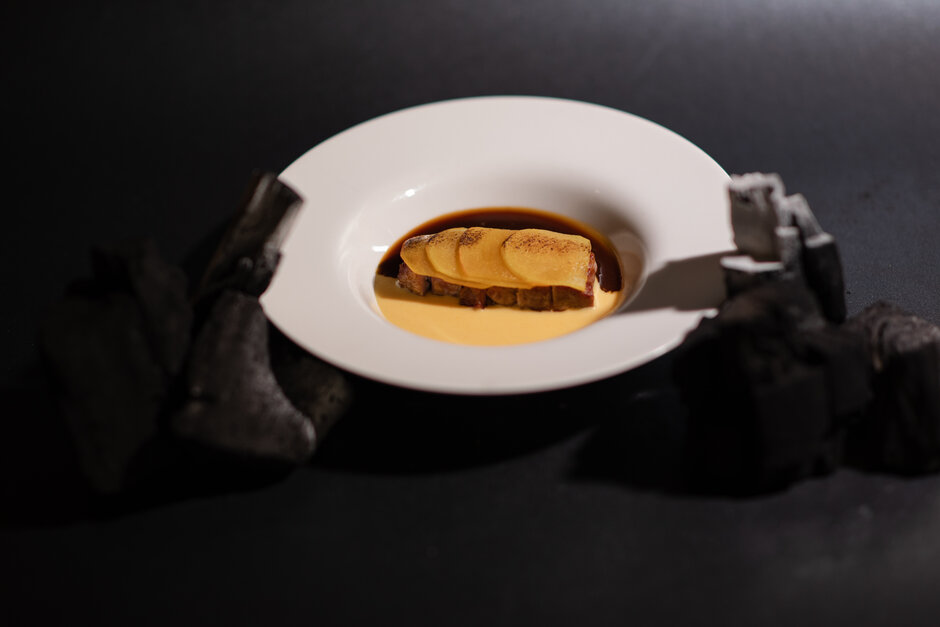
The meal is also interactive. For one of the dessert courses, you are a paleontologist looking for an ammonite, as you brush away the edible powder to reveal your dessert. History is never far away from your experience. With the petit fours, it is presented alongside a replica of the Muisca raft, which is the most famous artefact from the Gold Museum in Bogota.

Coffee is an integral part of the Colombian dining experience. The cafetal course includes the use of liquid nitrogen before your coffee is served to resemble the misty conditions of the coffee-growing regions of Colombia.
Throughout the meal, the kitchen excels in showing its mastery of molecular gastronomy. The full experience generally takes at least 3 hours, so make sure you plan either a full afternoon or evening for your meal. ‘El Cielo’ means heaven in Spanish and you will be in gastronomic heaven by the end of your meal.
For more information on the restaurant, please visit –
Home

